Storybook Castle – Check√ Ancient Roman Aqueduct – Check√ Magnificent Gothic Cathedral – Check√ Walkable Old Town with cute shops and cafes – Check √ Excellent Cuisine – Check√ Welcome to Segovia, Spain’s charmer of a town – and just 50 short miles north of Madrid!
With only 55,000 residents, a visit to laid-back Segovia is a lovely complement to Madrid – which is a wonderful, but intense big city (with over 3 million people). Segovia is particularly known for its magnificent, intact 2000–year–old Roman Aqueduct and its fairy tale Alcazar castle, seemingly plucked from a Disney movie set.
Beautiful Segovia – A World Heritage City
In 1985, Segovia became a UNESCO World Heritage City because of its many important buildings and its historical and cultural traditions. Segovia has been called one of the most beautiful cities in Europe and I would agree. Since most of the main sights are inside its old city walls, Segovia is a town perfectly designed for leisurely walking and exploring.
And let’s not forget Segovia’s long culinary traditions and stellar reputation as a city of gastronomy. It has many excellent restaurants (and cafes), including those with typical brick roasting ovens. It is widely known for its cochinillo asado (roast suckling pig) – a delicacy not to be missed!
In this post, I am sharing my recent travels to Segovia – hoping that you will be inspired to add this charming town to your travel list when visiting central Spain. Many people visit Segovia only as a day trip out of Madrid, but I believe Segovia is worth at least a 1-2-day visit (with an overnight) to enjoy all the many delights this town has to offer!
My Visit to Segovia – Déjà Vu Time
At the end of my month-long trip to Spain to walk the Camino de Santiago, I spent two enjoyable days in Segovia visiting a friend who was living there. Maureen & her husband Gary had moved to Segovia from San Diego 13 years ago for what was intended to be a 4–5 year stay. Apparently, it didn’t take long before they fell in love with the town and realized that Segovia would be their “forever home!”
For me, this visit was also a time of “Coming Home.” You see, I had spent five weeks one summer (during college in the 70s!) living in Segovia with a local host family – as part of a Spanish immersion program called the Experiment in International Living (now administered by World Learning). I had not been back to Segovia in the decades since so I was excited to see it again.
- Our 1970s college student group posing in front of the Alcazar (I’m back row – 2nd from right)
- Flash forward many years later- to me in the same spot
Honestly, all I could remember from those early days was the Roman Aqueduct, the cool Alcazar castle, and going to the disco at night with my friends. I checked in with Maureen – the disco is no longer there but the first two monuments are! (* More about my family below.)
Maureen had to work my first day there, so I went out on my own to explore Segovia’s old town. I was armed with a good map and the Rick Steves Best of Spain guidebook on my iPhone. Luckily, Segovia is an easy town to navigate.
First, I made a quick stop at Café Bar La Colonia on Calle Acueducto for my late morning coffee & tasty sweet (chocolate Danish in a pretzel shape!). Excitedly, I then headed off for my first view of the aqueduct in YEARS. And, wow, it was truly magnificent – even better than I remembered!
The Roman Aqueduct
This 1st century Roman Aqueduct – “acueducto romano” – is a remarkable feat of engineering. It’s the largest and one of the best–preserved aqueducts from the Roman Empire. It carried water from a river more than 15 kilometers (9 miles) away. Its huge granite blocks are joined together without any type of mortar and its upper channel can still carry a stream of water. Impressive!
Not surprisingly, the Roman Aqueduct is Segovia’s proud landmark. There, in the Plaza del Azoguejo, the aqueduct rises to an awe-inspiring height of 29 meters (95 feet). Its exposed section has 118 arches and is 2,500 feet long. From the plaza, a stone stairway (on the left) leads to near the top of the aqueduct – offering close–up views (and great camera angles) of this massive structure.
- I don’t normally like to take selfies but at this deja vu moment of seeing the Aqueduct again – it seemed appropriate!
In a small plaza at the top of the stairs, you can see where the aqueduct goes underground, crossing under the city on its way to the Alcazar. Looking the other direction, you can view how the aqueduct shortens its height as it climbs the hill, before making a sharp left turn at the top. Those clever Roman engineers! A very good TI (tourist information) office is in the plaza and worth a visit.
The Gothic Cathedral & the Grand Plaza Mayor
Saying goodbye to the aqueduct, I headed up the wonderful pedestrian streets of Calle de Cervantes and Calle Juan Bravo, filled with lovely shops (clothing, food, gifts) and lots of people (both locals and visitors). After passing a few impressive Romanesque churches (below left), I emerged out onto Segovia’s large main square, the beautiful Plaza Mayor (below right). It is lined with outdoor cafes and restaurants, an old theatre and the Ayuntamiento (Town Hall) – dating from 1610.
From the Plaza, you get your first good view of Segovia’s exquisite Cathedral (below). Begun in 1525, it was Spain’s last major Gothic building. The ornate exterior is a classic example of late Gothic architecture called Flamboyant (and you can see why!). The cathedral’s elegant interior, which is not quite so frilly, contains various items from the old Cathedral, like its Gothic cloister and choir stalls.
I paid the 3€ to do a quick tour of the Cathedral, the cloisters and the attached museum. I particularly liked the intricate wood–carved choir stalls and one of the smaller chapels – the Capilla La Concepcion – pointed out by my Rick Steves guidebook. Rick is right – it does look like an art gallery!
Old Jewish Quarter – City Walls & Gate
From the Cathedral, I took a detour down a steep hill to the former Jewish quarter (Juderia Vieja). As throughout Segovia’s old city, I passed many homes covered in plaster embellishments – called esgrafiado (sgraffito) – in a wide variety of cool designs (below).
The stately Puerta de San Andrés – a city gate restored in the 16th C. (below right) – is the entrance to the Jewish quarter. Nearby, you can get a great view of one section of the old city walls – it’s perfect for your photo opps.
Alcazar de Segovia – A Beautiful Medieval Castle
Next on the agenda – my long–awaited visit to the Alcazar, a medieval castle which is a highlight of any visit to Segovia. This fortified palace, begun around the 11th century, was featured in the 1967 movie Camelot with Richard Harris and Vanessa Redgrave. It served as Sir Lancelot’s home in Gaul (France).
The Alcazar is strategically positioned on a rocky outcrop at the western end of the city, overlooking the confluence of the Eresma and Clamores rivers. During the Middle Ages, the castle was one of the favorite residences of the monarchs of Castile. After a fire in 1862, it was rebuilt and became a museum. You may well agree that this beautiful, many–turreted storybook castle looks a lot like Disneyland’s Sleeping Beauty’s castle!
I toured the castle easily, following the well–marked route leading through the various rooms and courtyards. One room was Hall of the Monarchs – with a long frieze (close to the ceiling) with images of the 52 rulers during the Reconquista (711–1492). This was the long period where Christian states fought to ultimately recapture territory in the Iberian Peninsula (Spain and Portugal) from the Muslims (Moors).
The tour also included the Throne Room, Royal Bedroom and Chapel. At one point, the palace functioned as the Royal Artillery School so some halls exhibited a variety of military objects. If you love “knights in shining armor,” this is your place!
- Top of Torre de Juan II for great views
At the end, I climbed the 152 steps to the top of the Torre de Juan II to enjoy the tower’s beautiful 360-degree views of Segovia and the surrounding countryside. This is a view not to be missed – worth all those steps!
- View of Segovia town & the Cathedral
- View other direction of the countryside
Just A Little More Segovia History
In the past under Arab domination, Segovia was the capital of various Moorish kingdoms. In the medieval city, the Moors, Christians, and Jews peacefully coexisted for quite a long time (how lovely!). In 1088, Segovia was conquered by Alfonso VI, King of Castile. This began a period of political importance, as well Segovia becoming a prosperous trading center with northern Europe. Most of the town’s numerous Romanesque monuments were built during this time. In the 15th century, Segovia rose to prominence with the Trastamaras, becoming the center of the royal court.
Indulging Sweet Tooths & Puppets
After all this touring and history, I was starving so I returned to the Plaza Mayor in search of food. There I spied the very popular bakery and sweet shop called Limon y Menta. I went inside to enjoy a spinach quiche, while eyeing – with great lust – their display cases filled with an amazing array of beautiful desserts. Staff was busy filling the “lust orders” of long lines of customers.
Near one of the plazas, I was entranced by a lovely and talented woman puppeteer whose puppet was so artfully playing the violin. I stayed through at least three long songs, including Don’t Cry for Me Argentina and My Heart Will Go On (from Titanic). I later learned that Segovia is quite serious about its puppetry. In fact, the town has been hosting the annual Titirimundi International Puppet Theatre Festival since 1985.
Dinner at Meson Candido – Tasting Roast Suckling Piglet
That evening, Maureen took me to Meson de Candido, her favorite restaurant for cochinillo asado, the acclaimed local dish of roast suckling baby pig. Meson de Candido’s multi–generational, family–run restaurant, located right next to the Aqueduct (in the Plaza del Azoguejo), dates from 1905.
The late founder, Candido, started the “flashy” tradition of presenting piglets he had just cooked and then cutting them ceremoniously with the edge of a plate – demonstrating to diners just how tender his cochinillo was! Today, his son A. Candido (who I got to meet) leads the family business along with his wife and grown children (one of whom is the current chef).
What makes Segovia’s cochinillo asado so tender is that only very young (21 days old), milk–fed (ie, suckling) pigs are used. The entire piglet is roasted whole – head, hooves and all – in a special oven. Apparently, each pig provides around 4–6 servings. Maureen & I split one portion. And, yes, it was incredibly tender and delicious!
- Maureen & I after our lovely meal
Maureen did the ordering, skillfully of course. We started the meal with tasty red peppers stuffed with mushrooms (pimiento del piquillos rellenos) and finished with the decadent local dessert favorite – ponche segoviano. Apparently, it’s a liqueur–dipped, custard–filled cake frosted with marzipan. The ponche was a great way to end a delicious meal and a lovely evening.
TOURING OUTSIDE SEGOVIA’S CITY WALLS
The next day, we had only a couple hours before I had to catch a train back to Madrid. So, Maureen took me on a quick tour (by car) of some sights outside of Segovia’s old town city walls. We went inside the Church of La Vera Cruz but, unfortunately, we only had time to pass by the outside of the Royal Mint and the Monastery of El Parral.
However, the Royal Mint and the Monastery sound interesting – so they are definitely on my list for a return visit to Segovia. I wanted to include them here for possibly adding to your own list. The three sights are located relatively close together, and a short distance outside of town. It is a walkable distance for those who enjoy long scenic touring walks.
Church of La Vera Cruz
As mentioned, Maureen and I visited La Iglesia de la Vera Cruz – a Late Romanesque church founded by the Knights Templar in the 13th century. This small and simple church has an unusual polygonal shape with 12 sides. Maureen wanted to show me where she and Gary recently renewed their marriage vows! The church is worth a quick visit if you’re in the area.
- Better view of the church’s polygon shape
Real Casa de Moneda (Royal Mint)
Founded in 1583 by King Phillip II, it operated as a Royal Mint for almost 300 years (between 1586 and 1869). It is the oldest example of industrial architecture still existing in Spain. Located beside the Eresma River, it was thought to be the first mechanized mint in Europe with its 14 hydraulic wheels. This hydraulic infrastructure has been conserved, along with a dam in the river. Today, the complex houses the Mint Museum and the Aqueduct Interpretation Centre.
Santa Maria del Parral – Church & Monastery / Gregorian Chants
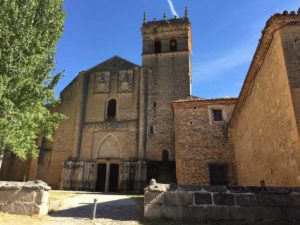
Apparently, the monks perform a wonderful mass with Gregorian Chants on Sundays and possibly some weekdays. Visits can also be arranged of the church (with beautiful interiors) and the cloisters of the monastery. However, exact days and times were not very clear to me (in writing this post) so it’s best to check with the Segovia Tourist Information office for the latest once you arrive in town.
Segovia By Train
Getting from Madrid to Segovia (and vice versa) is very easy. Since 2008, there has been high–speed rail service between the two cities operated by Renfe, Spain’s national railway. It takes only 28 minutes to travel from Segovia’s Guiomar station (for the high–speed trains) to Madrid’s Chamartin station. My nice, modern Avant train to Madrid reached a top speed of 249 km/hour (155/mph) – and it was all so smooth!
In booking rail tickets, I want to share two things to help you avoid any confusion. You will see the high–speed rail term AVE, which is the abbreviation for Alta Velocidad Espanola. This translates to “high speed spain.” Besides the actual AVE trains, the two other types of high–speed trains operating in Spain are Avant and Alvia.
Also, be aware that Segovia and Madrid each have two different train stations, so make sure you are leaving from the correct station. Lastly, I’ve read that it’s 1.5 hours by bus between the two cities – as another option to the train. I hope you will have the opportunity to visit Segovia, whenever you’re in Spain, particularly “in the area” of Madrid and Central Spain.
Want to know more about Segovia? Here’s a Guide to Visiting Segovia by Madrid Discovery.
*Tracking Down My Segovia Host Family from the 70’s
I arrived in Segovia with an old faded envelope (pulled out of a scrapbook) with a letter from my Spanish “sister” welcoming me to my homestay with their family that summer. Luckily, it had the home address since I have not maintained contact with the family since that time – but I would love to reconnect.
I showed Maureen the letter, hoping she might know where the address was. Unfortunately, it didn’t show up on her maps and we didn’t have much time during my short stay in Segovia. However, Maureen has continued to do some sleuthing, including going to the local post office to enquire. She now has the general area of the apartment, which is not far from where she lives. Such a small world!
Soon, Maureen will go exploring to find the apartment and knock on the door to see if any members of “my Spanish family” still live there. From her Google search, we just learned that my “papa” died in 2015 at age 94! My “mama” is still alive and “brother” Jose Luis is married with three children. My “sister” Maria Teresa appears to be single without children. I can’t wait to see what Maureen finds out next. Stay tuned…
COMMENTS: Have you visited Segovia? If not, would you add Segovia to your Spain travel list? What sights would you most like to see and do there?
You Might Also Like to Check Out My Camino Blog Post: Spain’s Camino de Santiago – Tales from a Successful Pilgrim

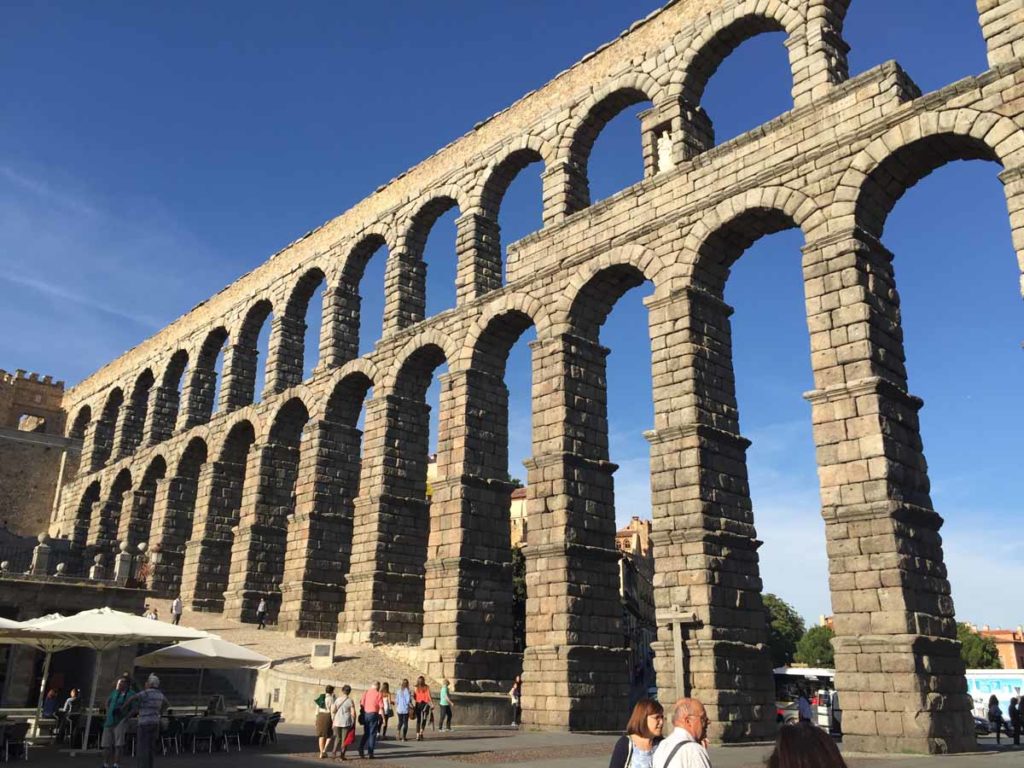
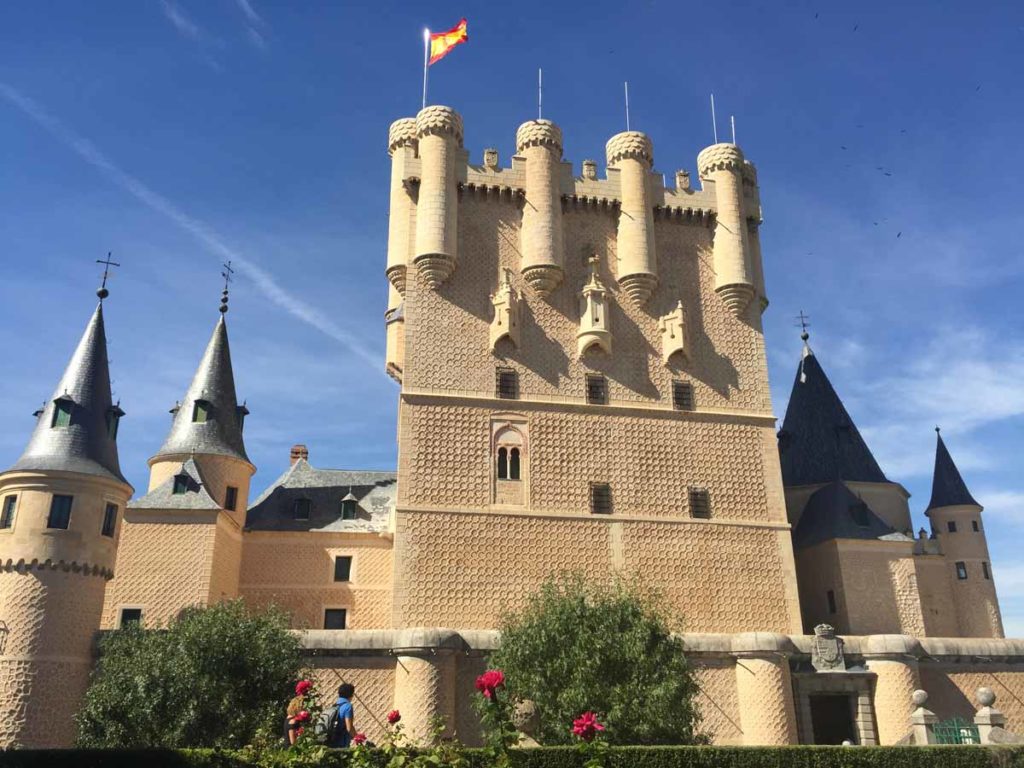
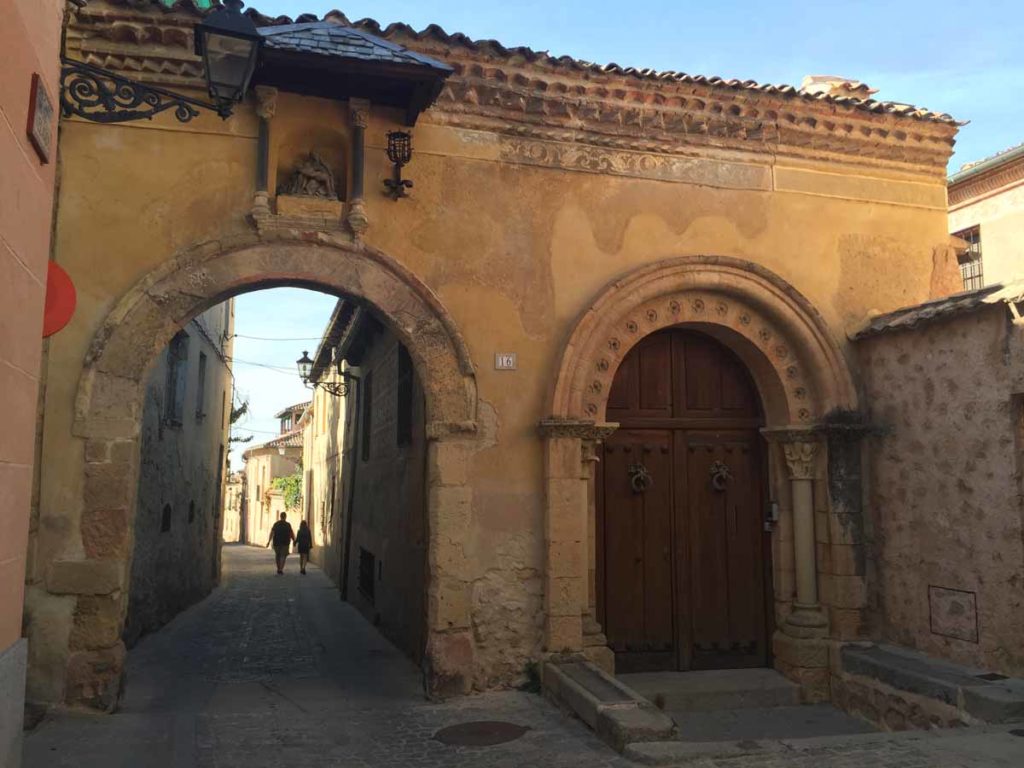
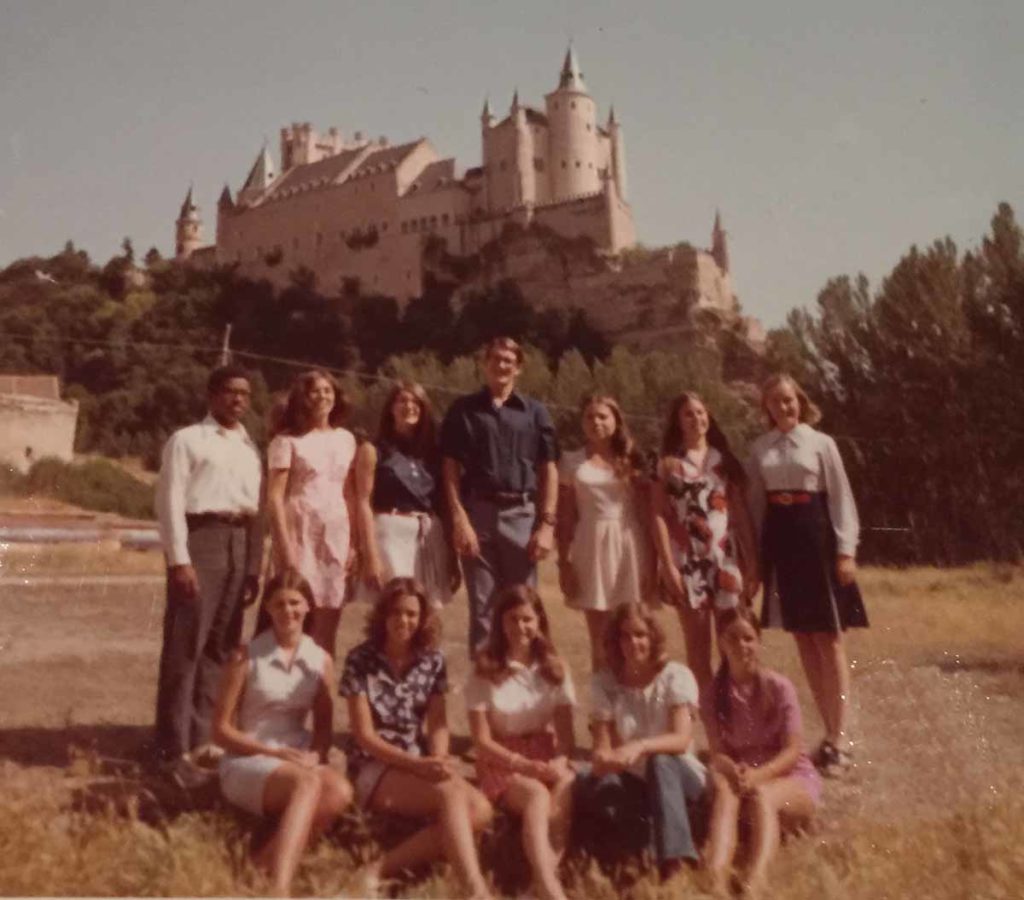
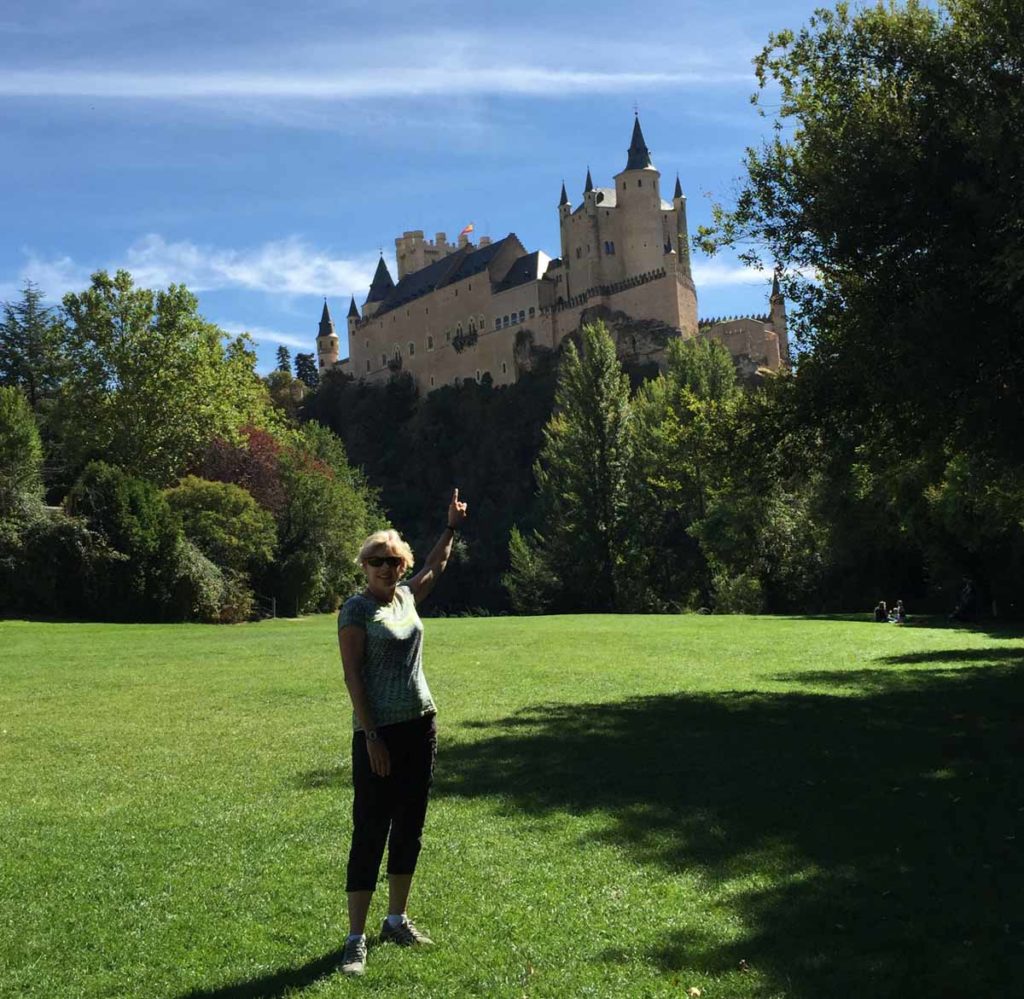
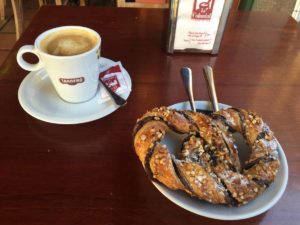
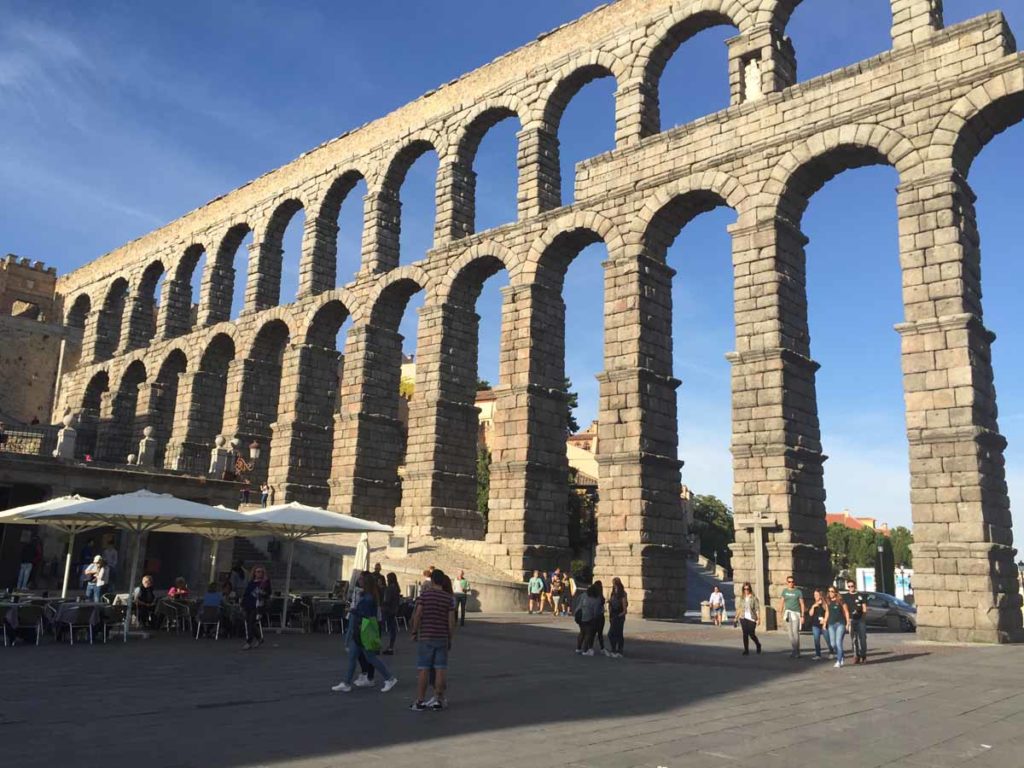
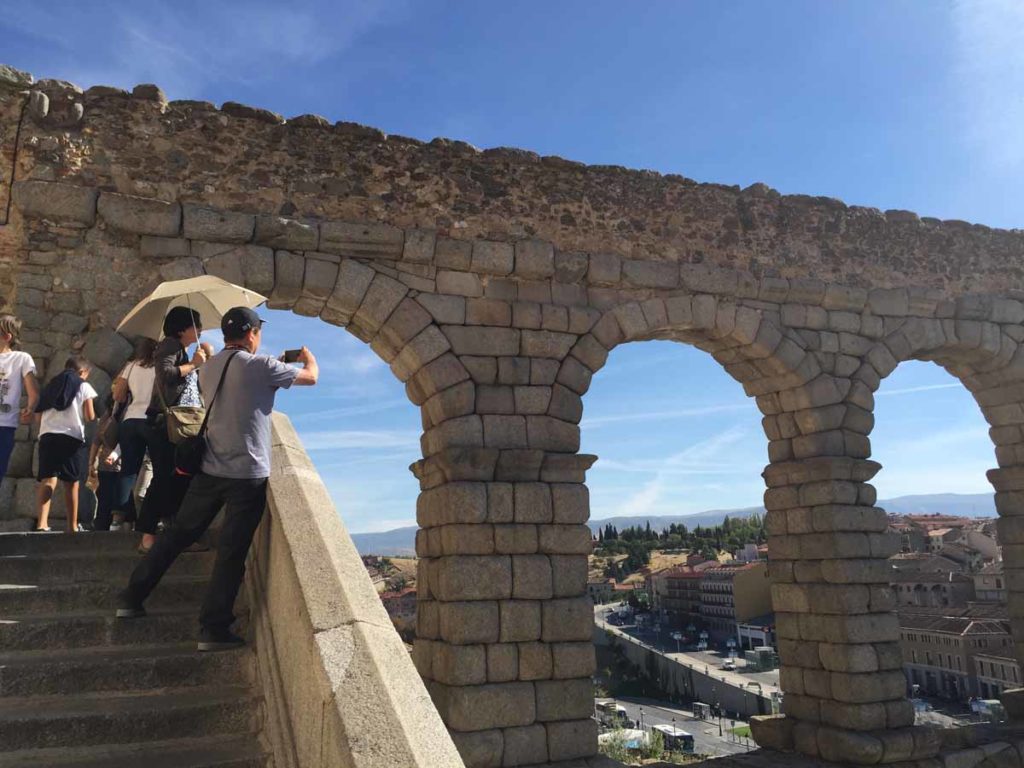
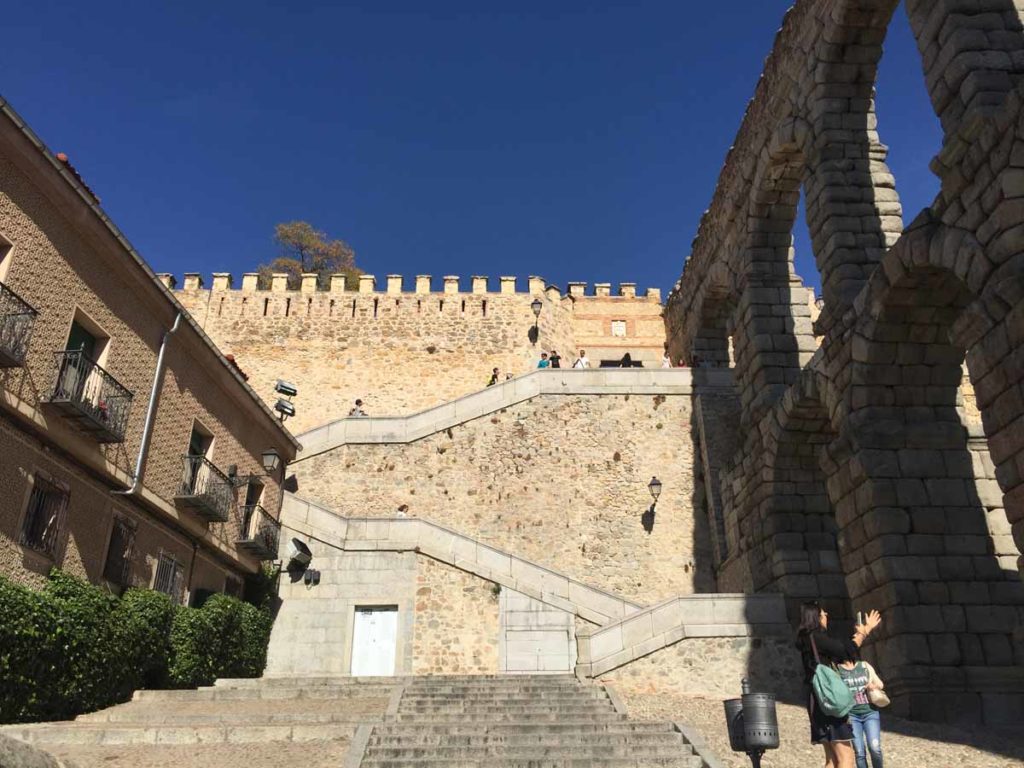
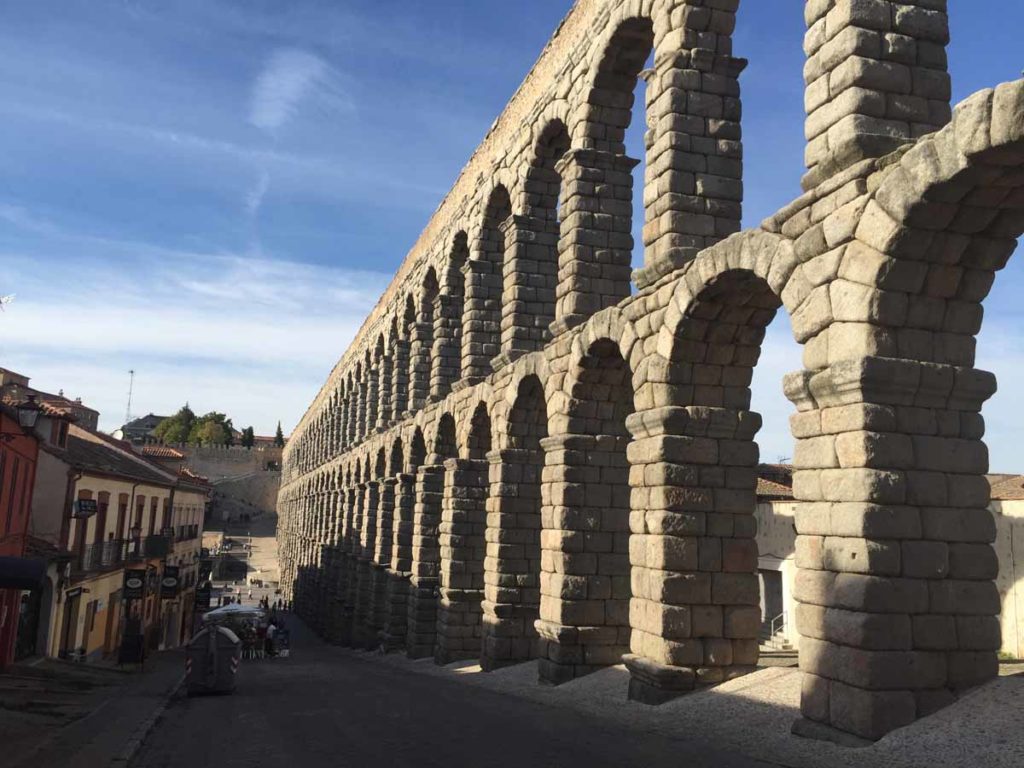
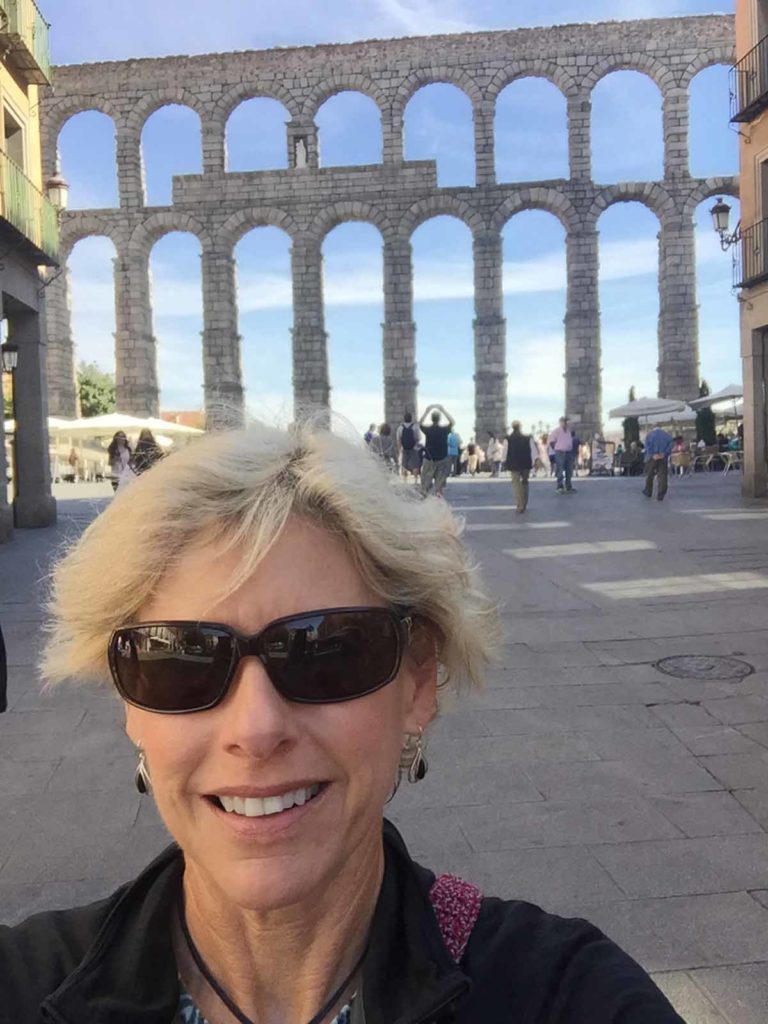
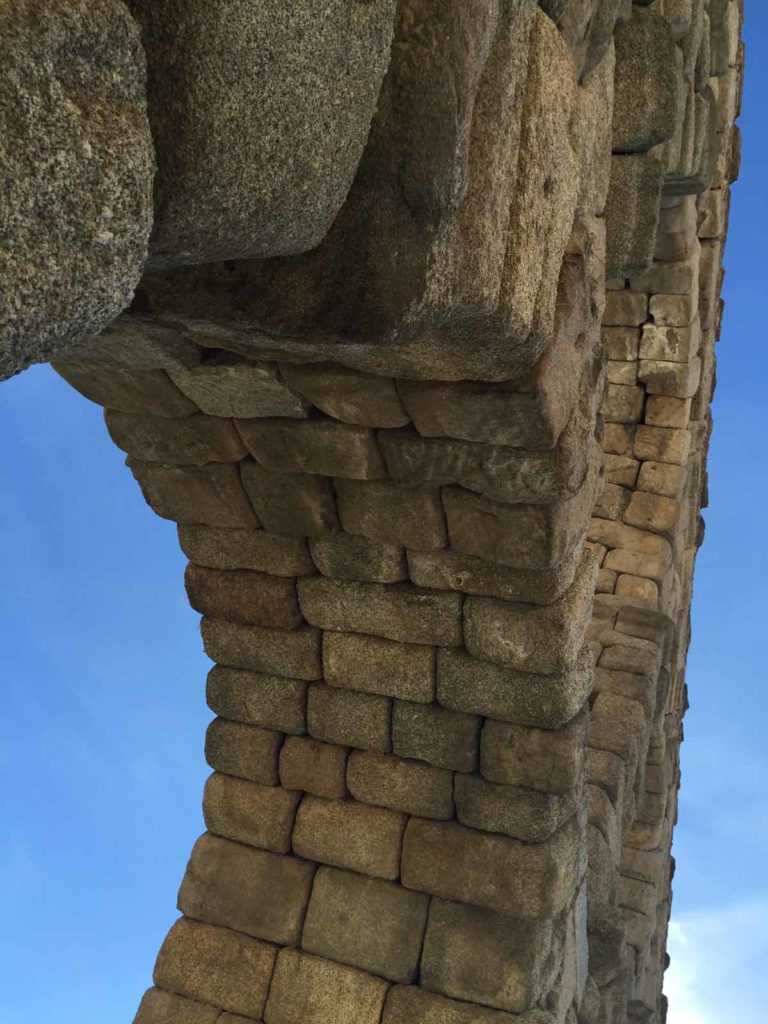
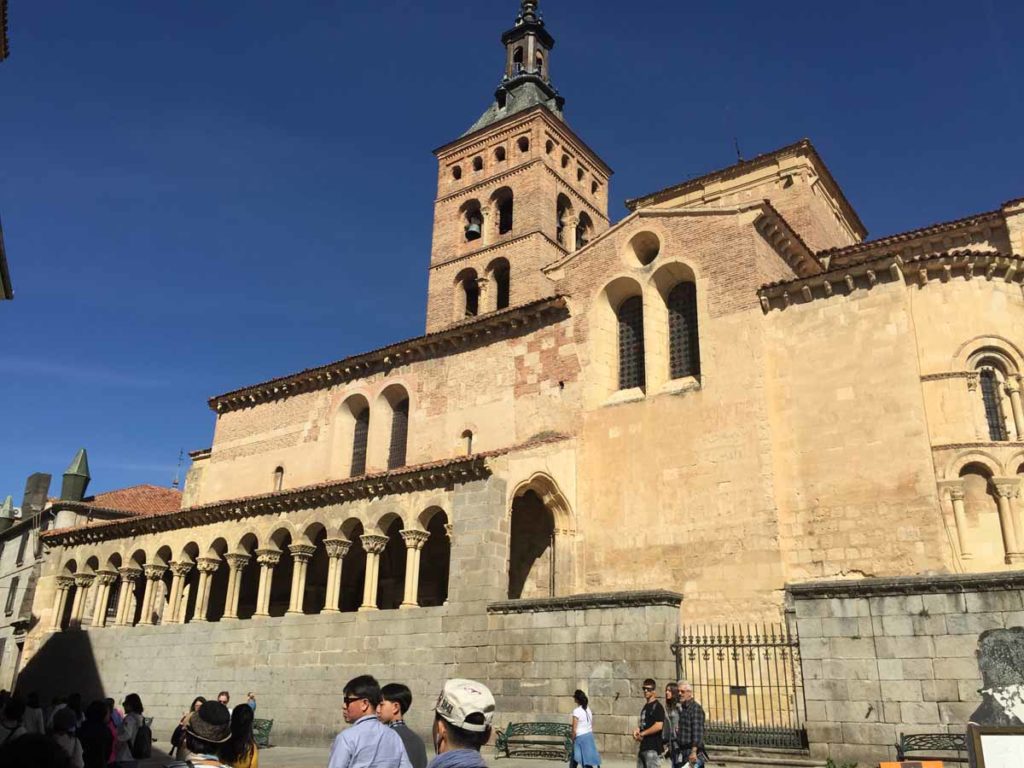
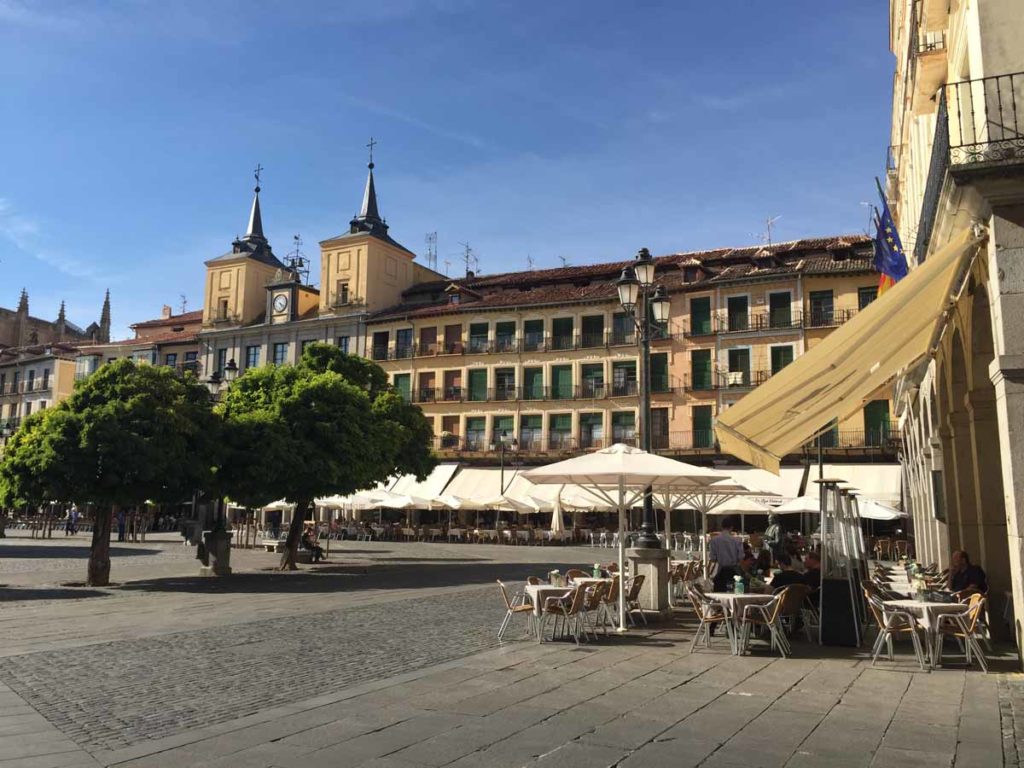
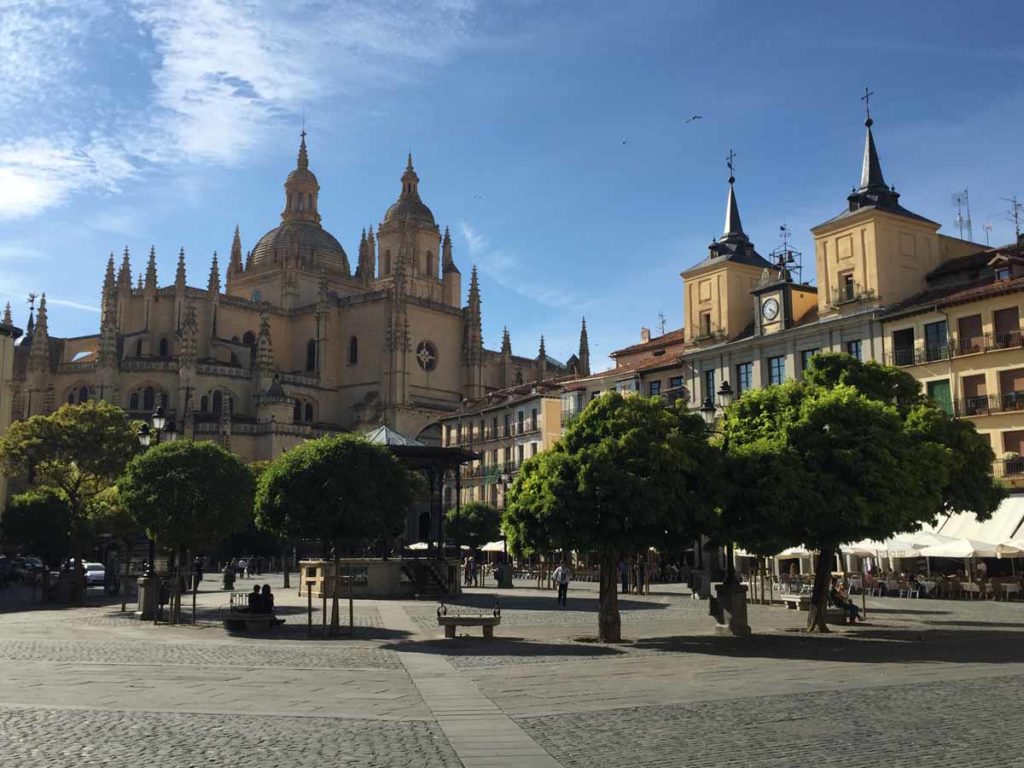
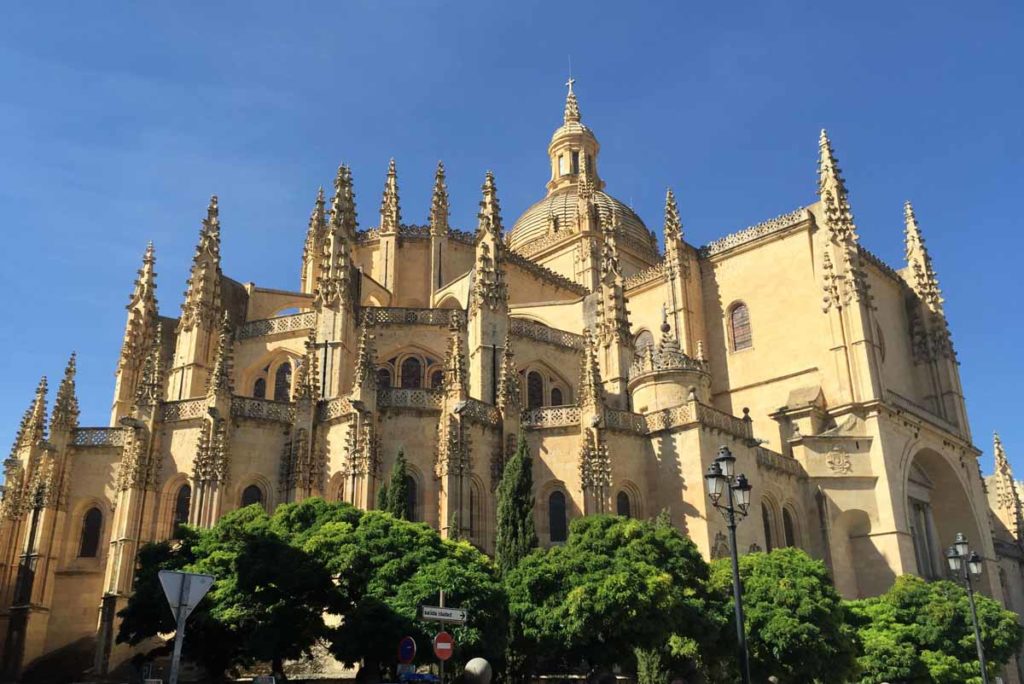
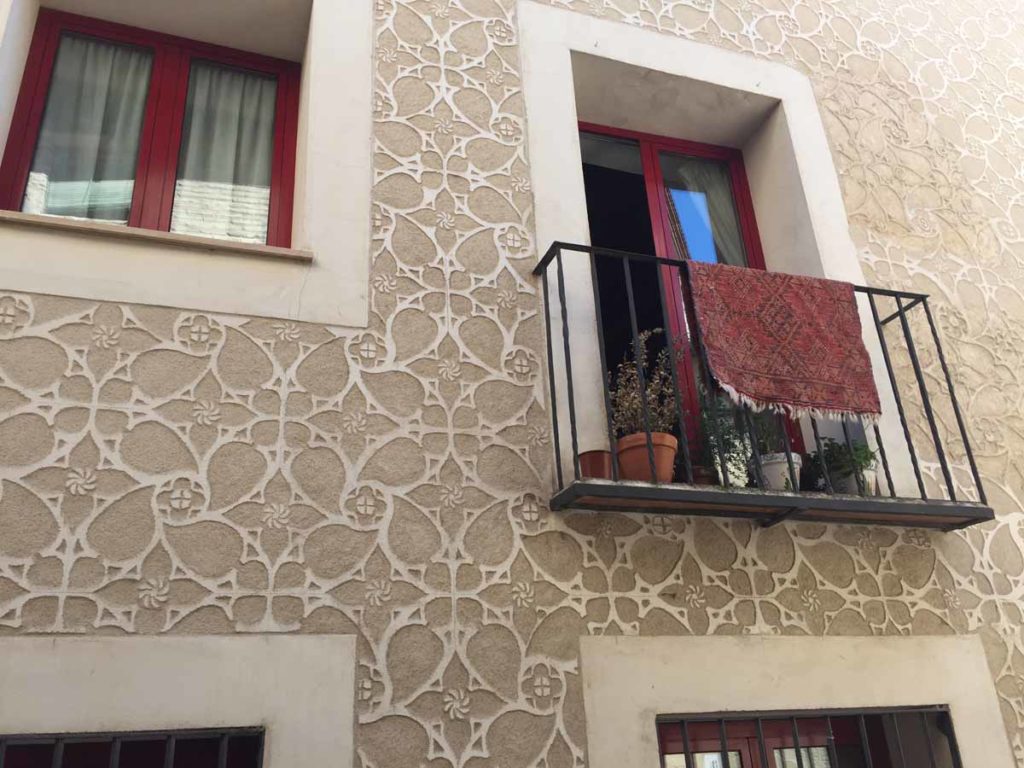
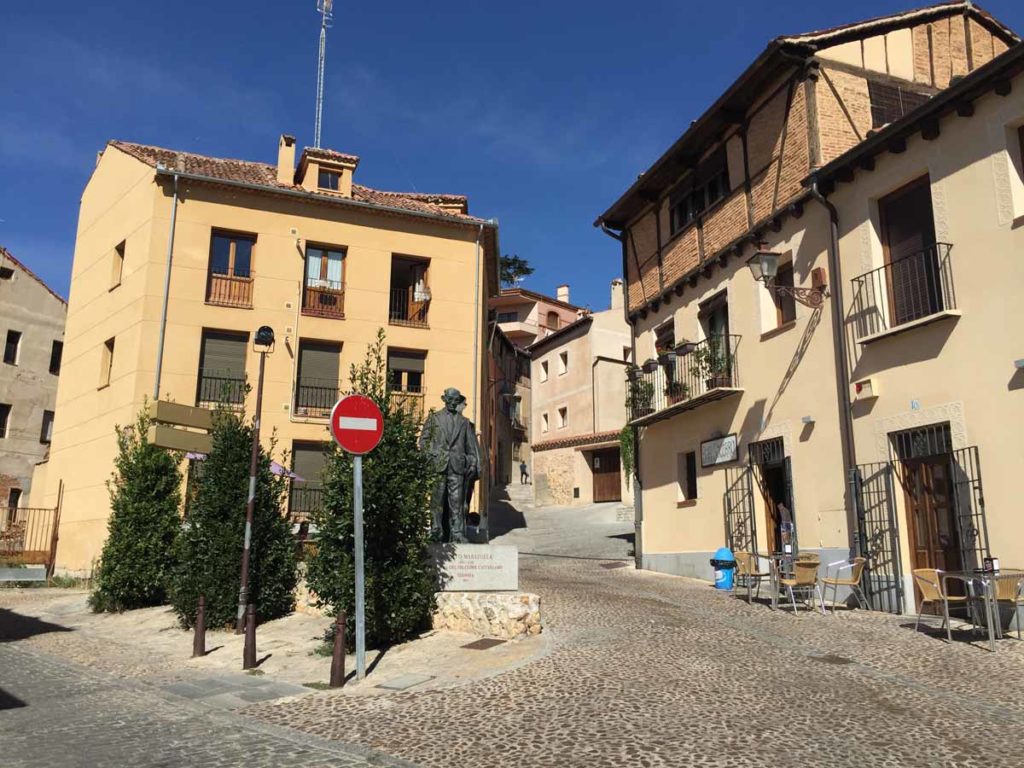
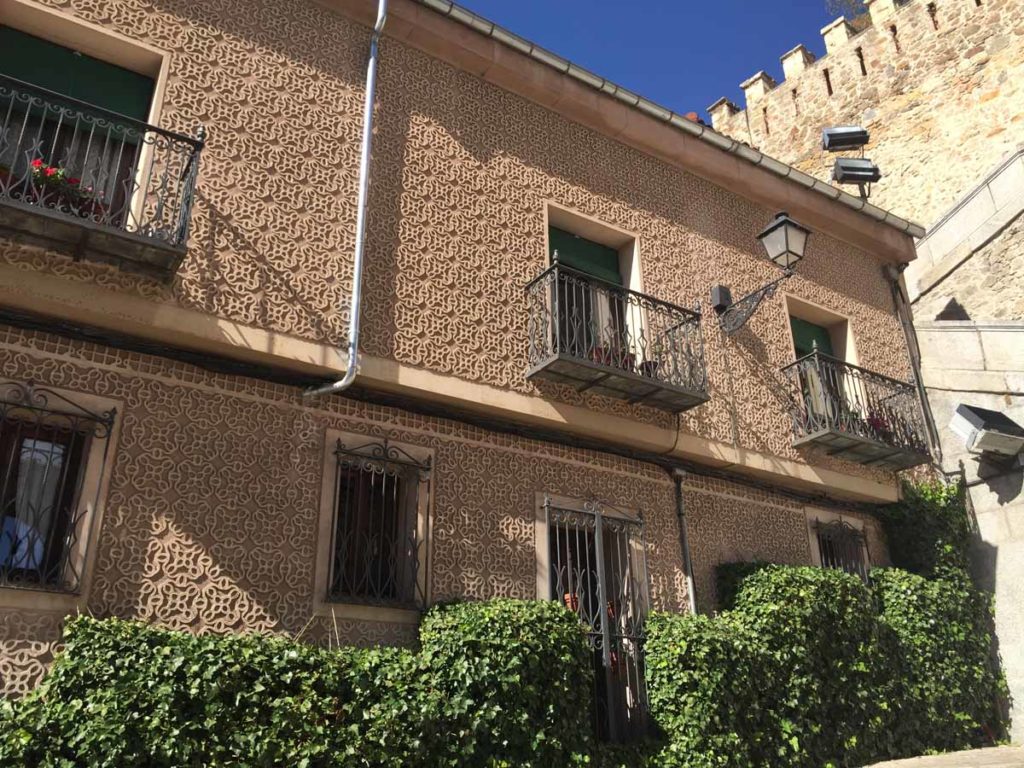
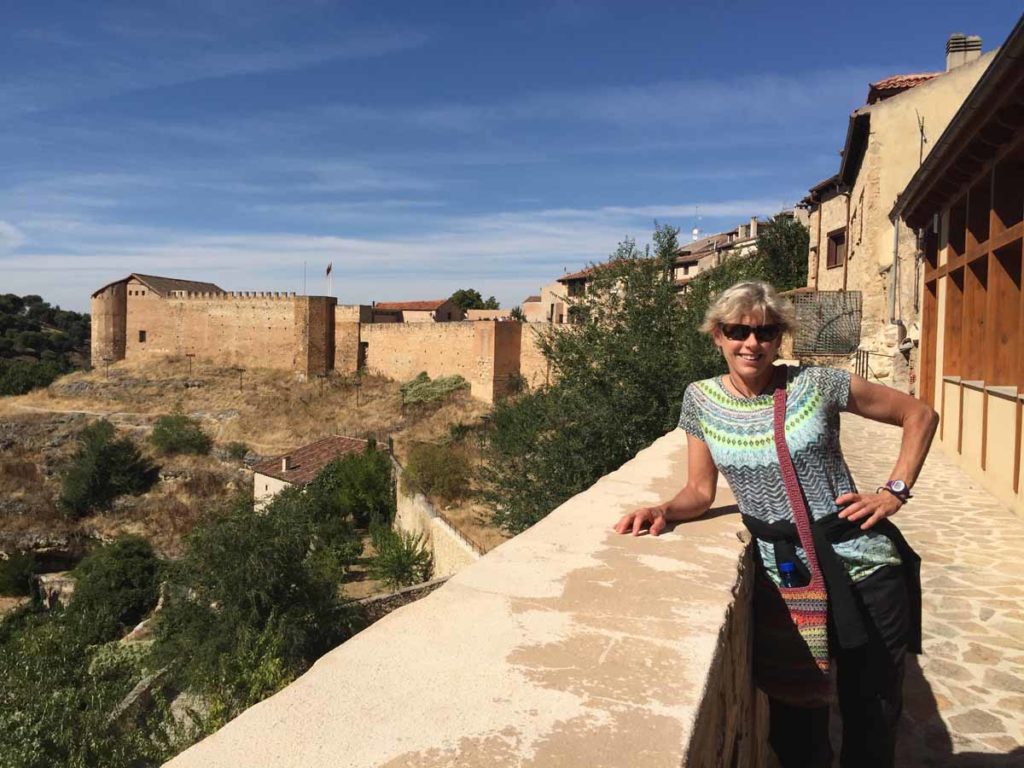
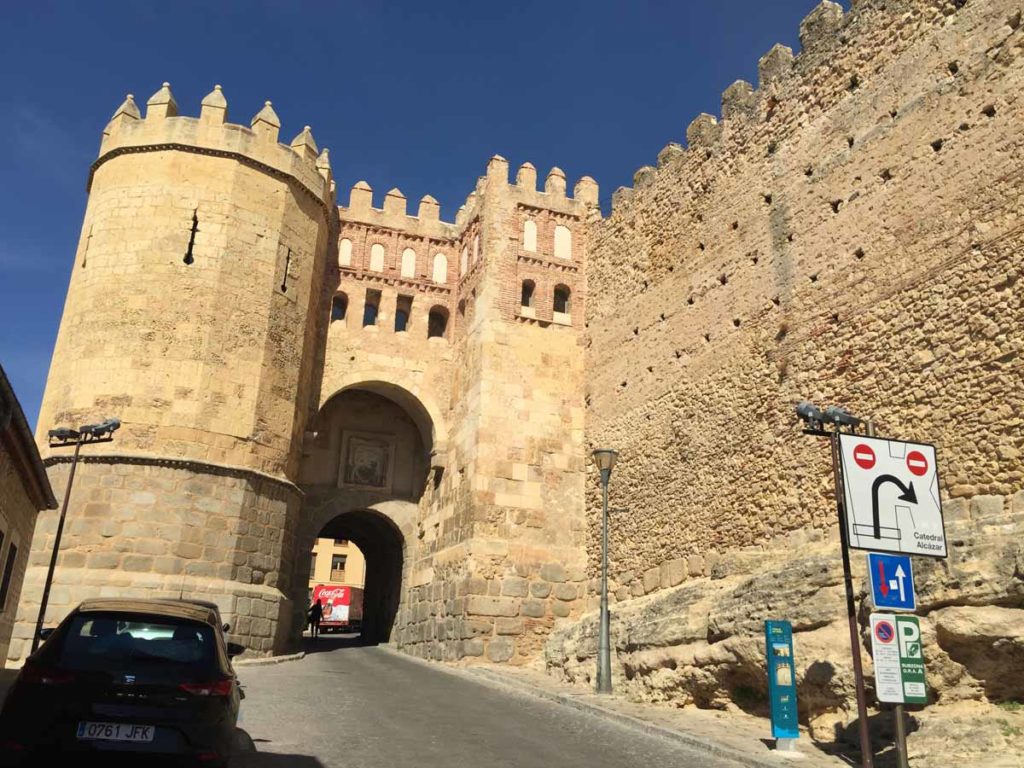
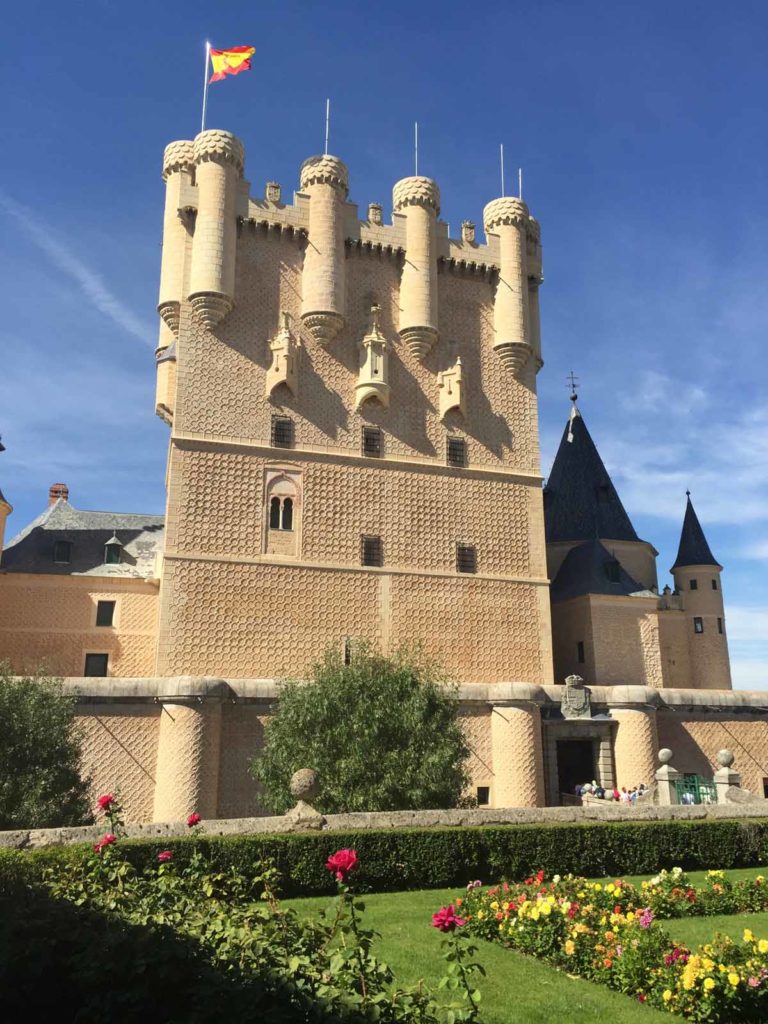
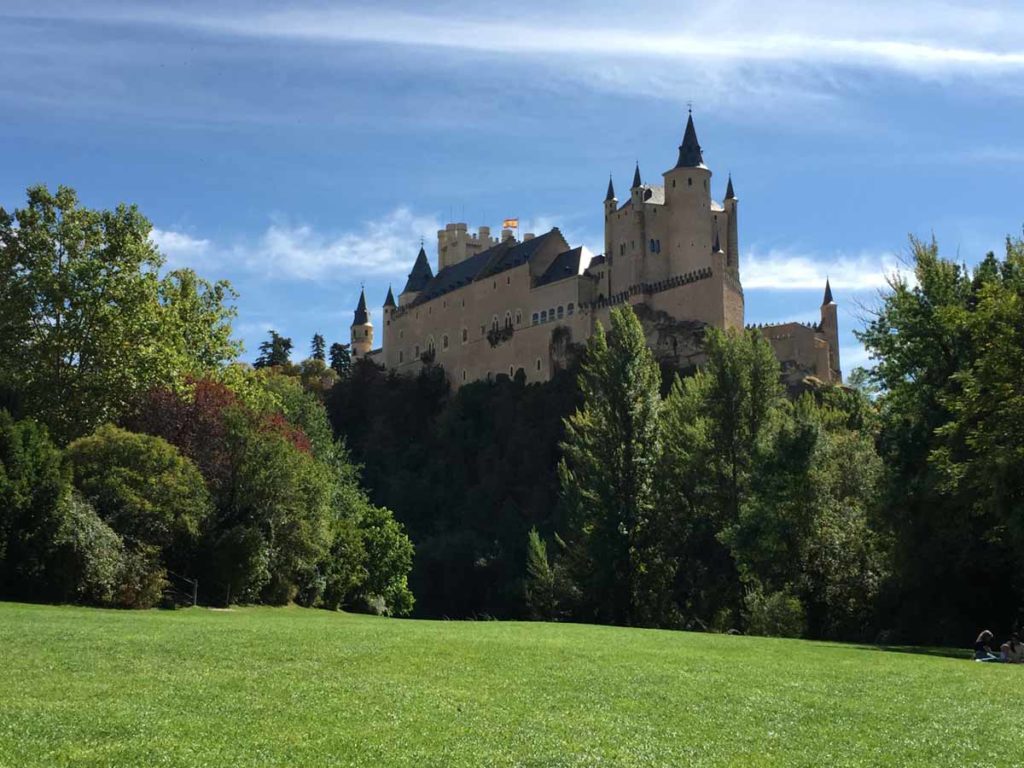
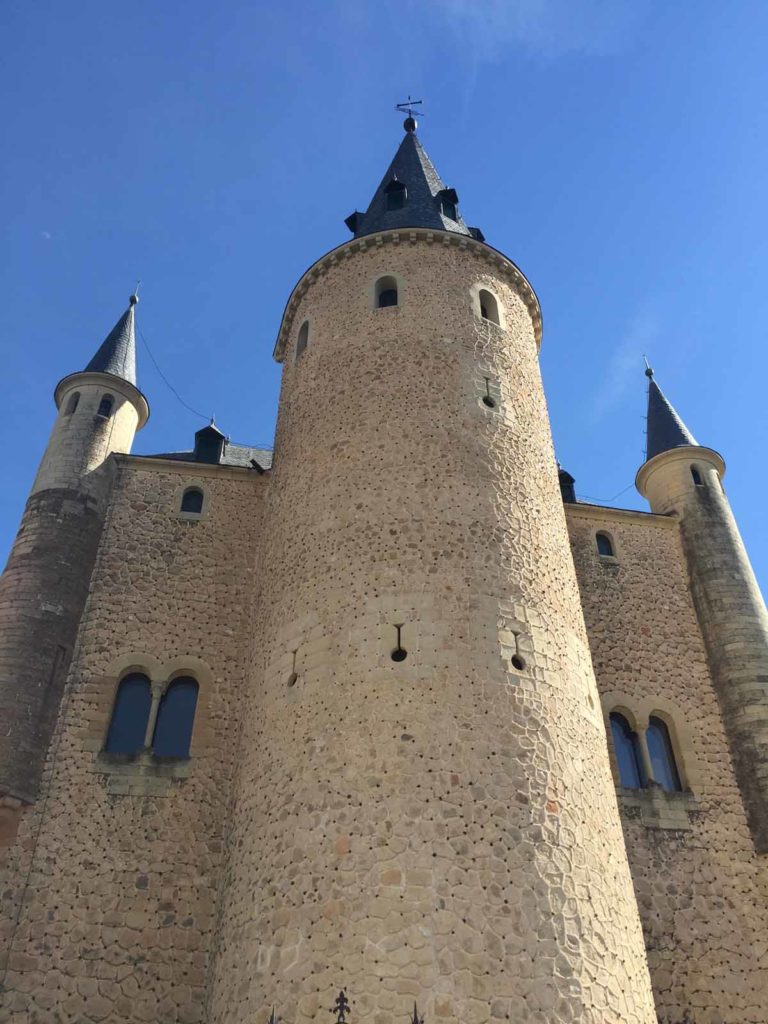
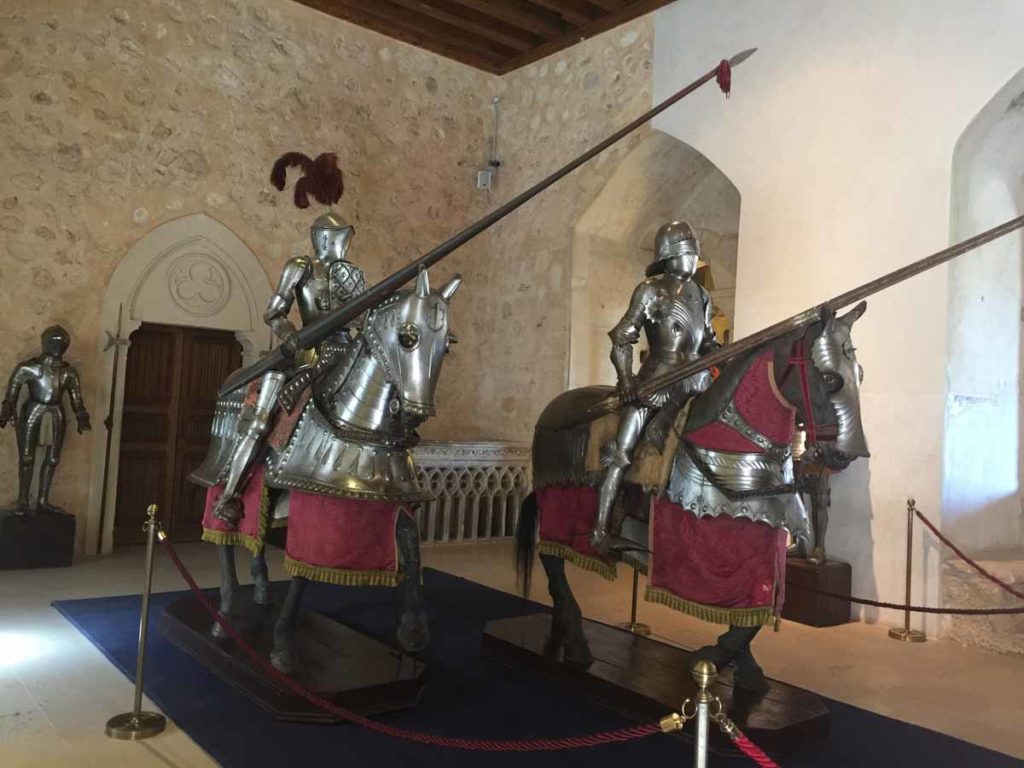
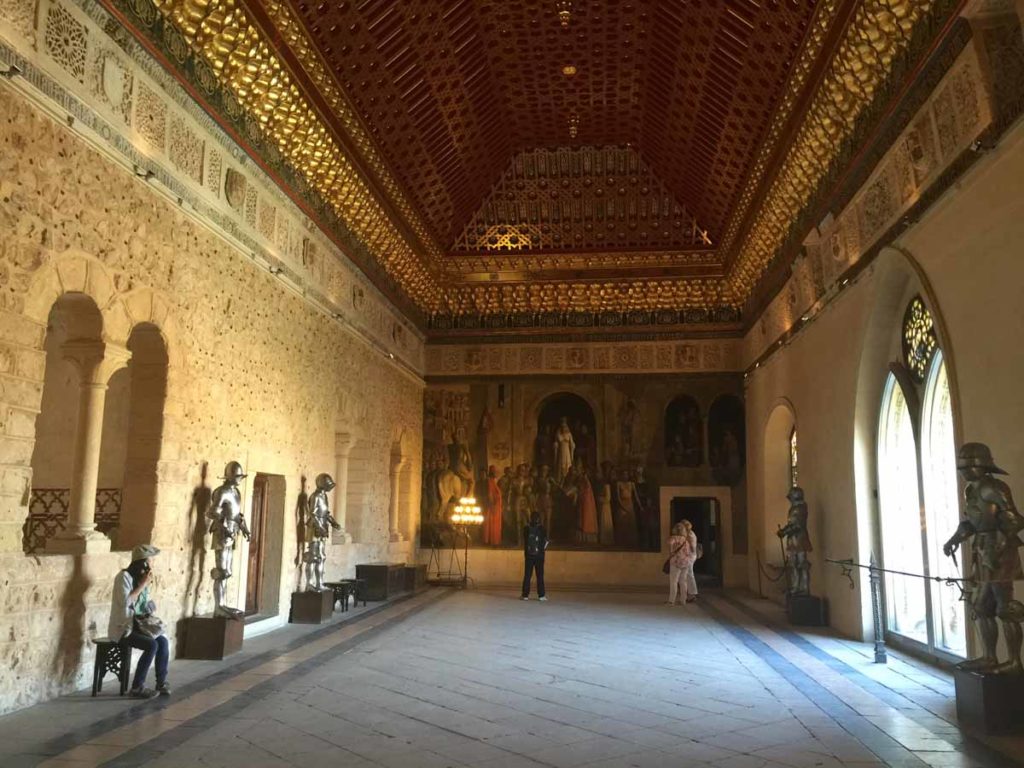
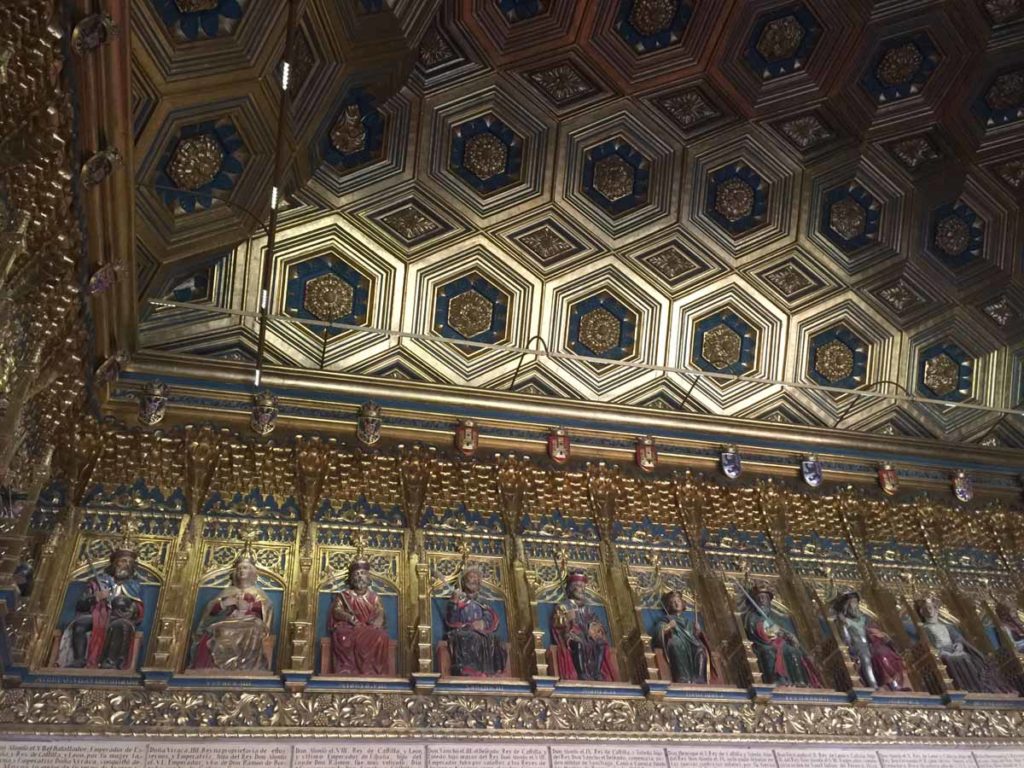
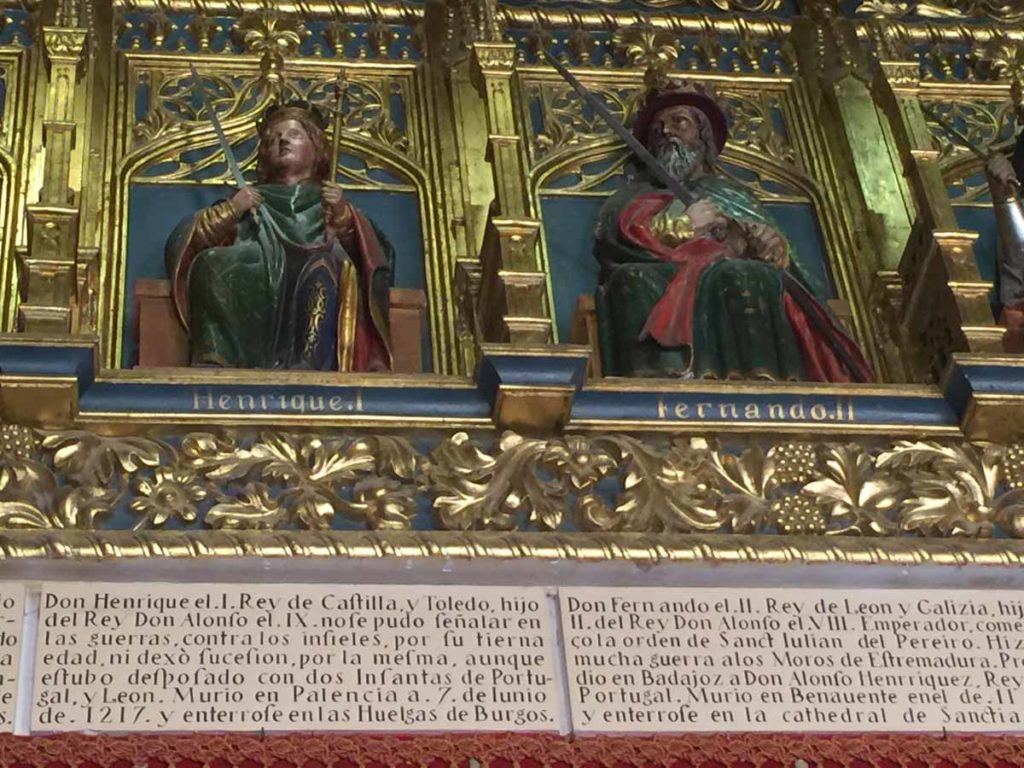
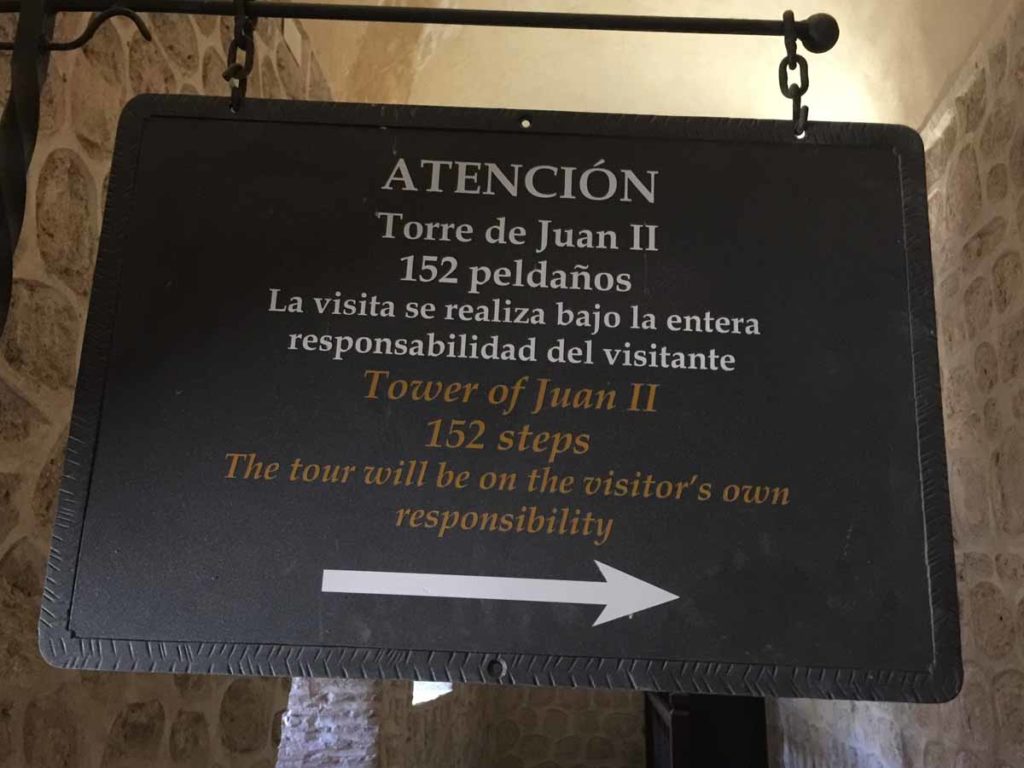
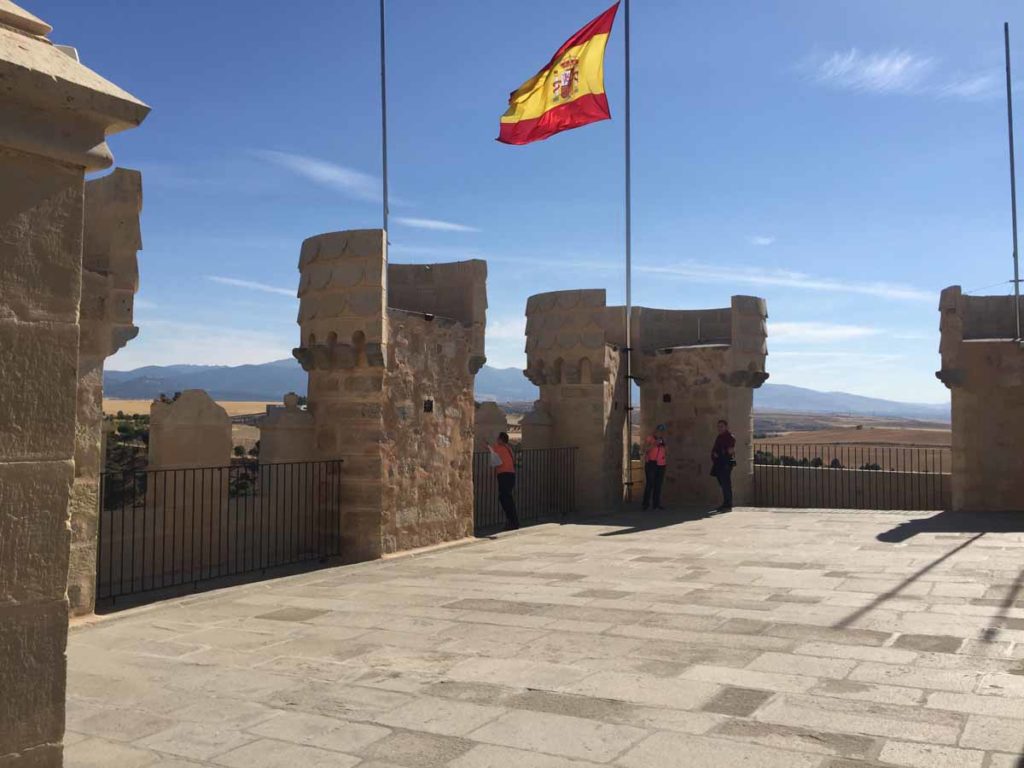
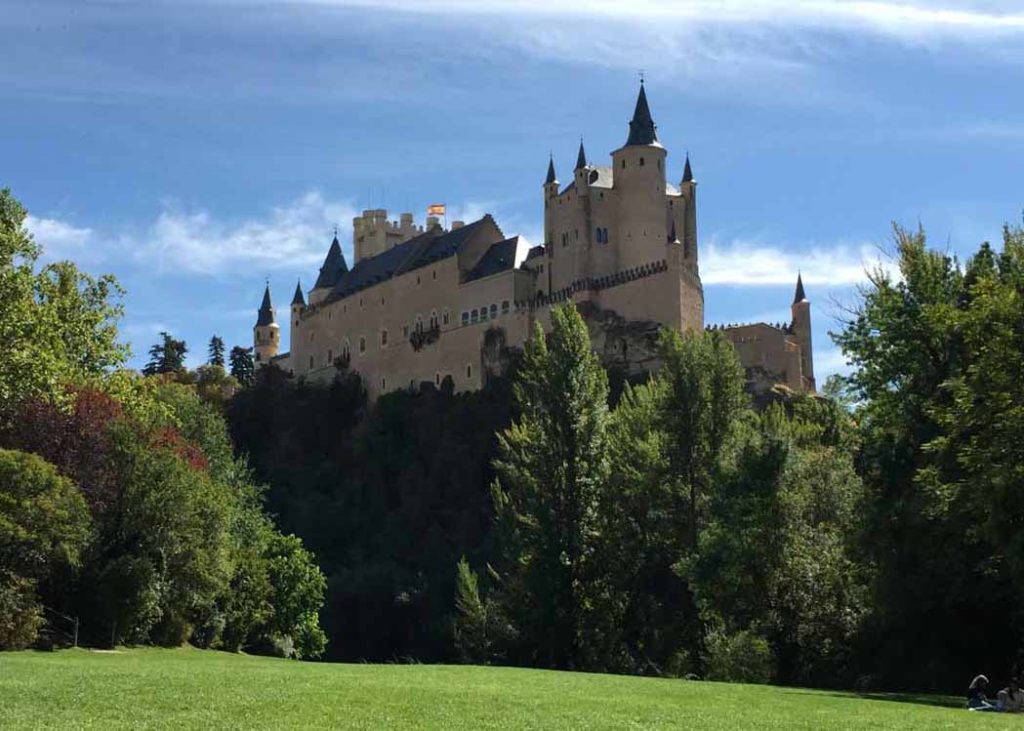

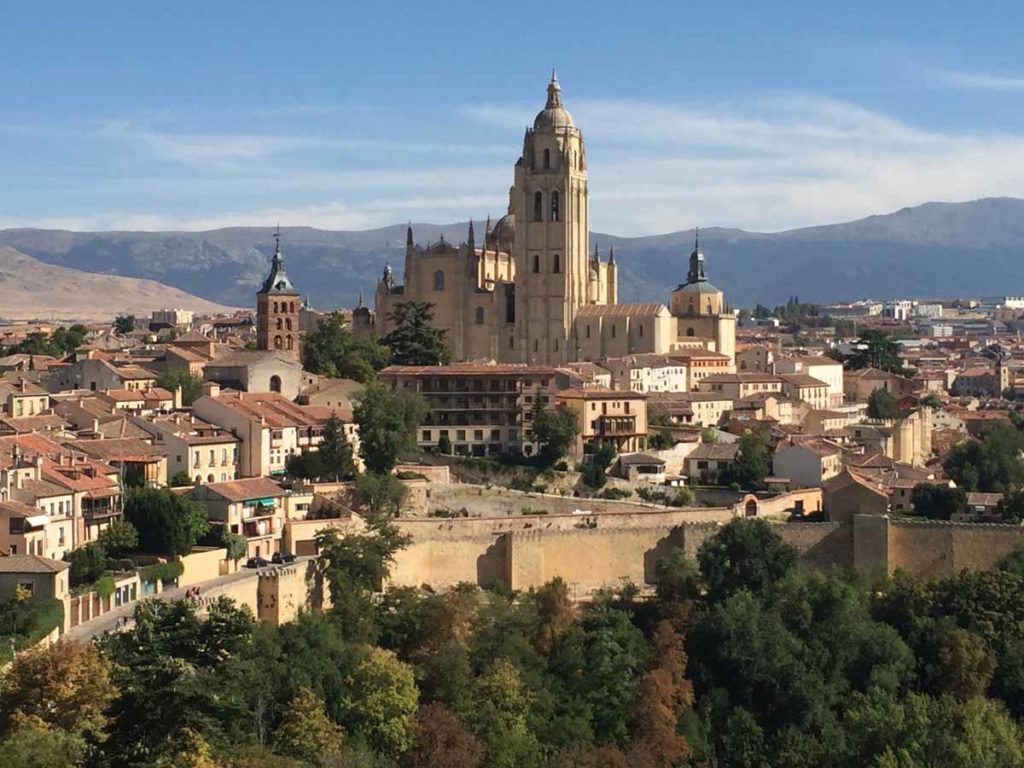
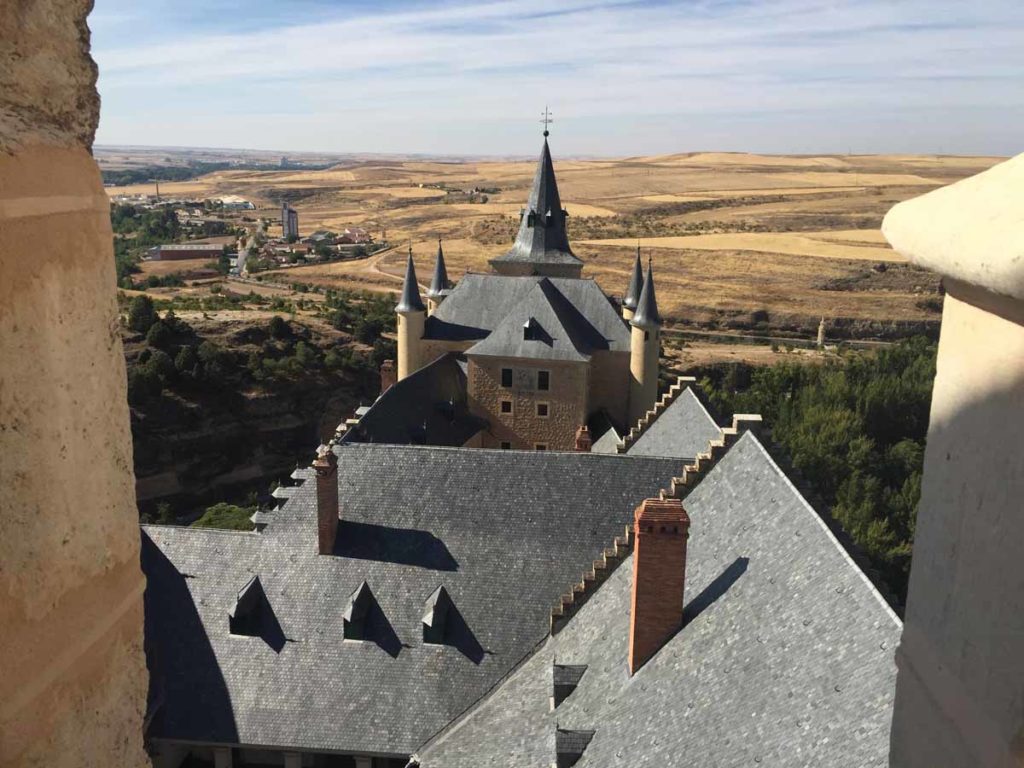
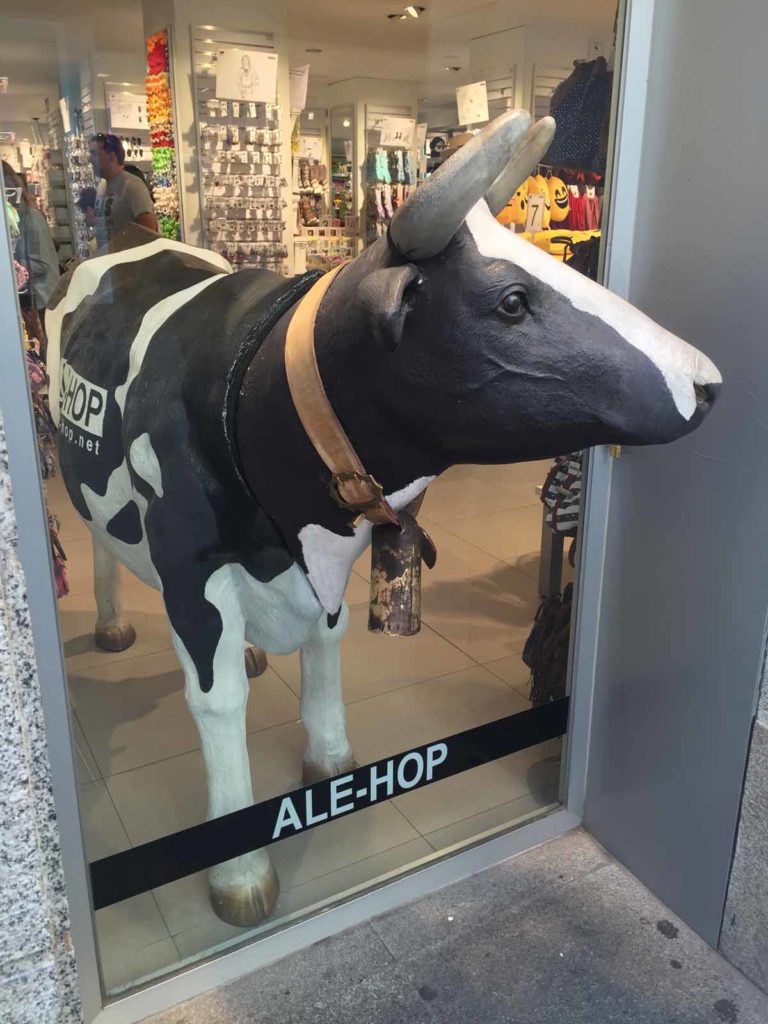
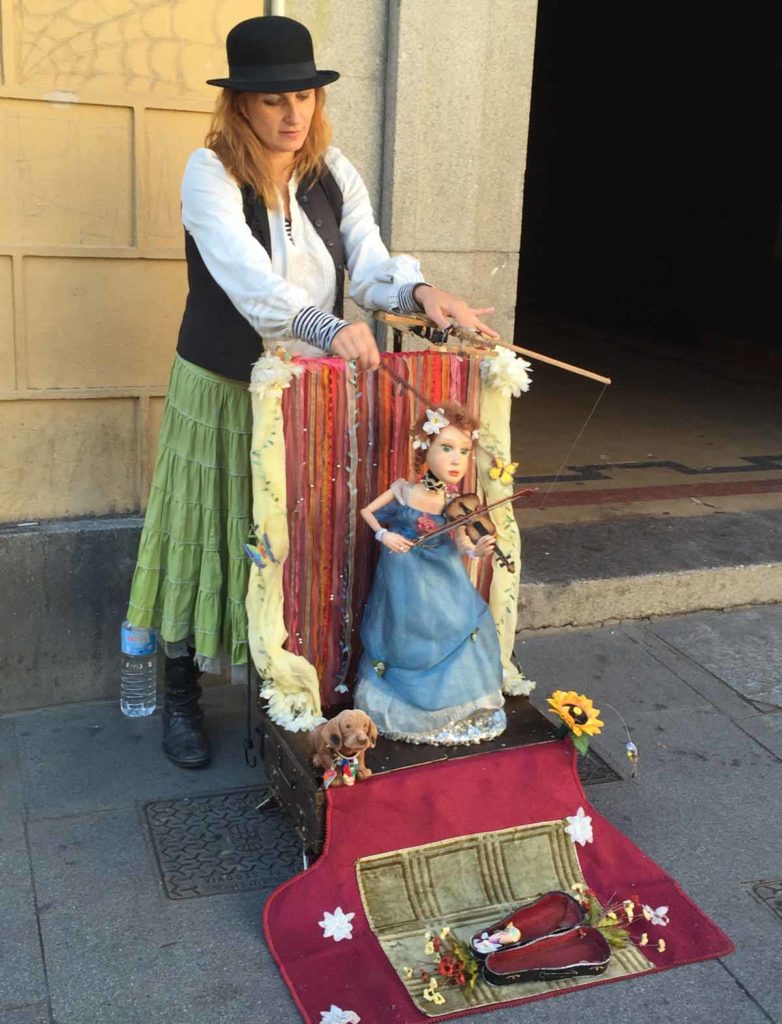
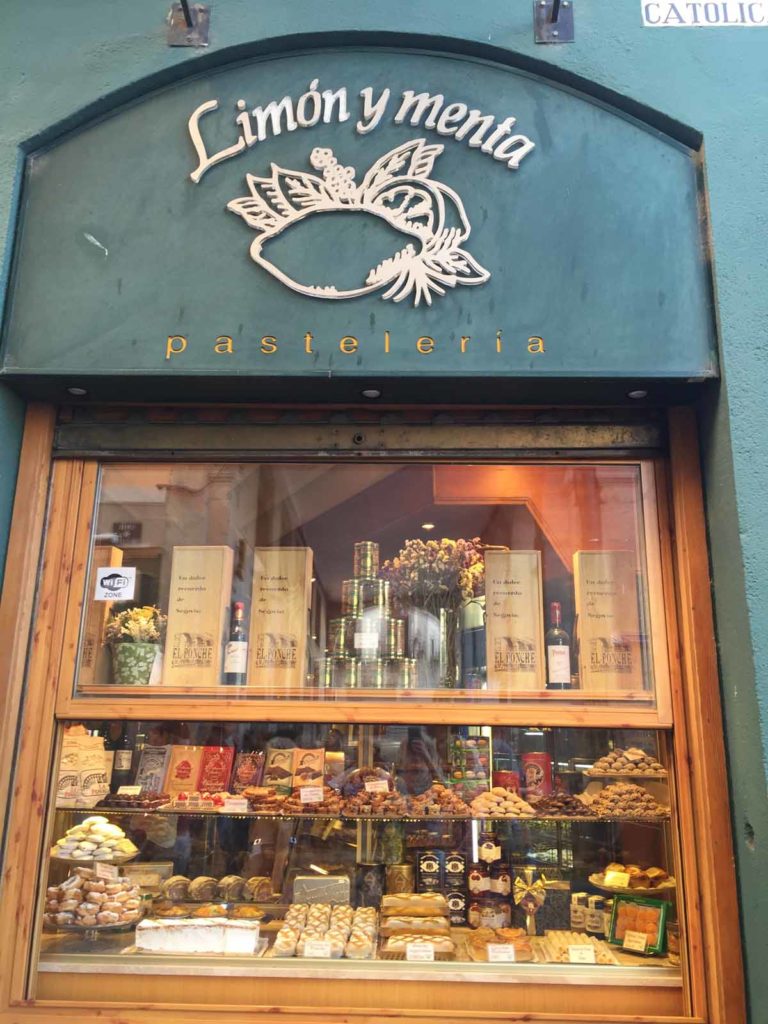
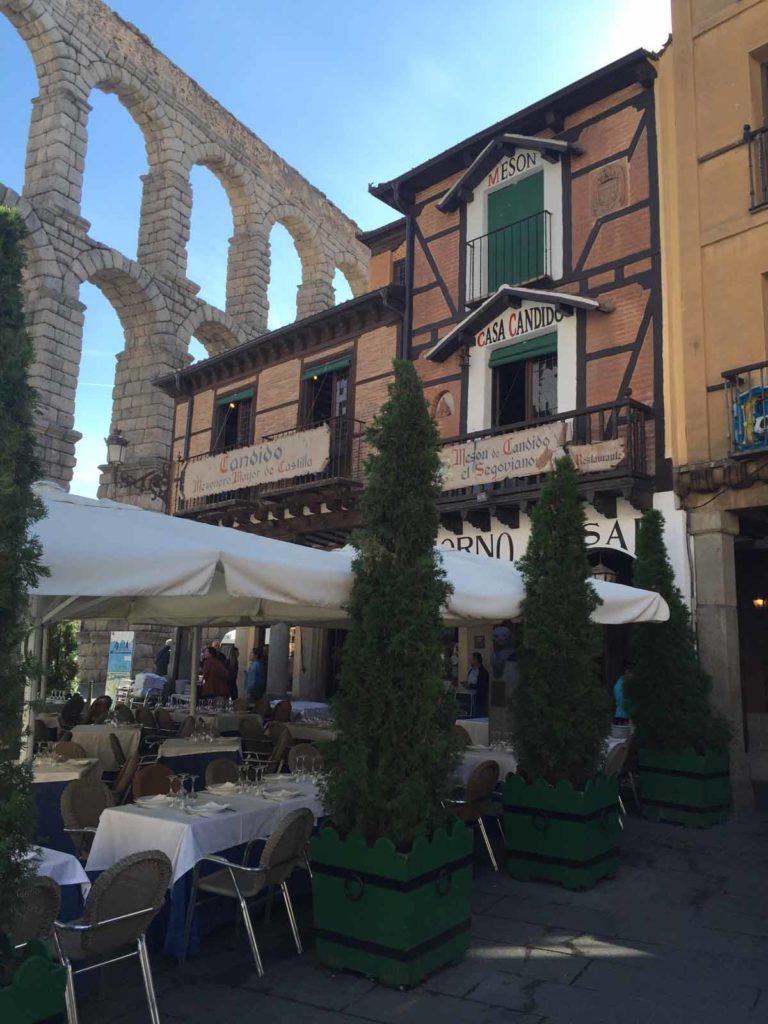
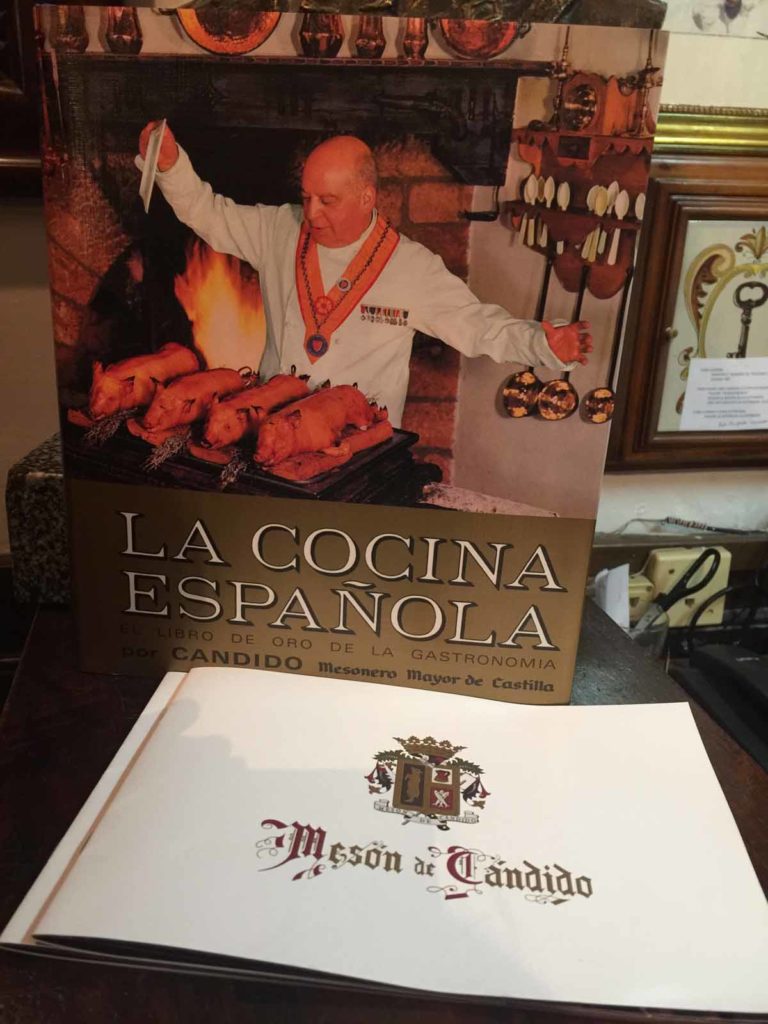
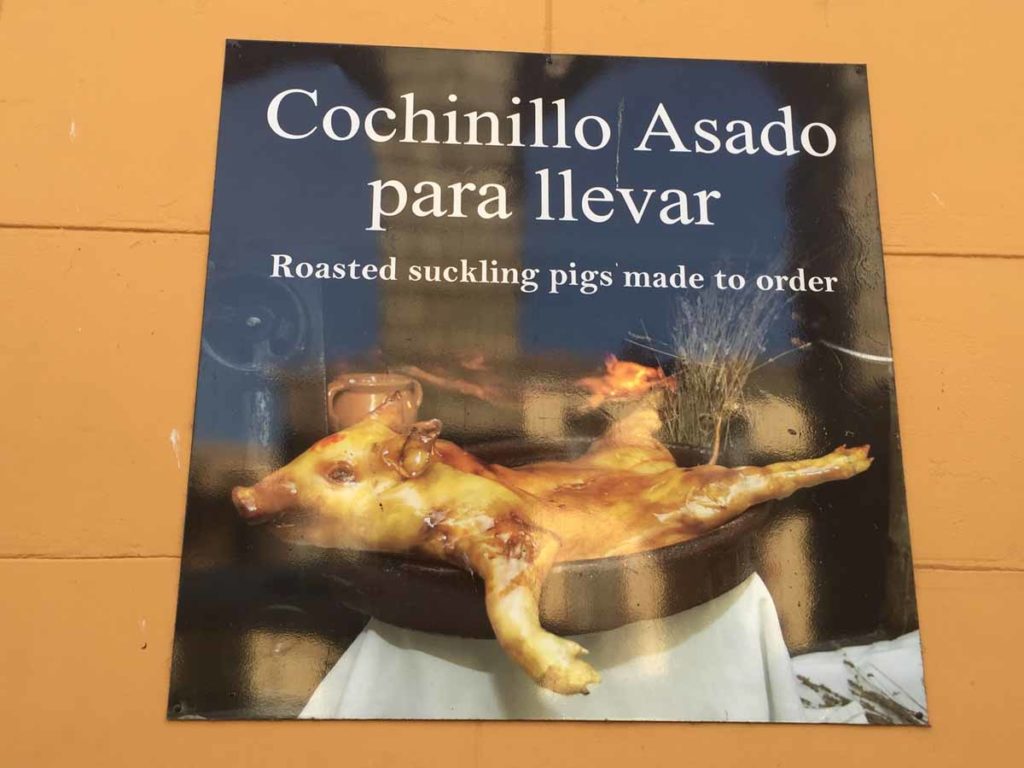
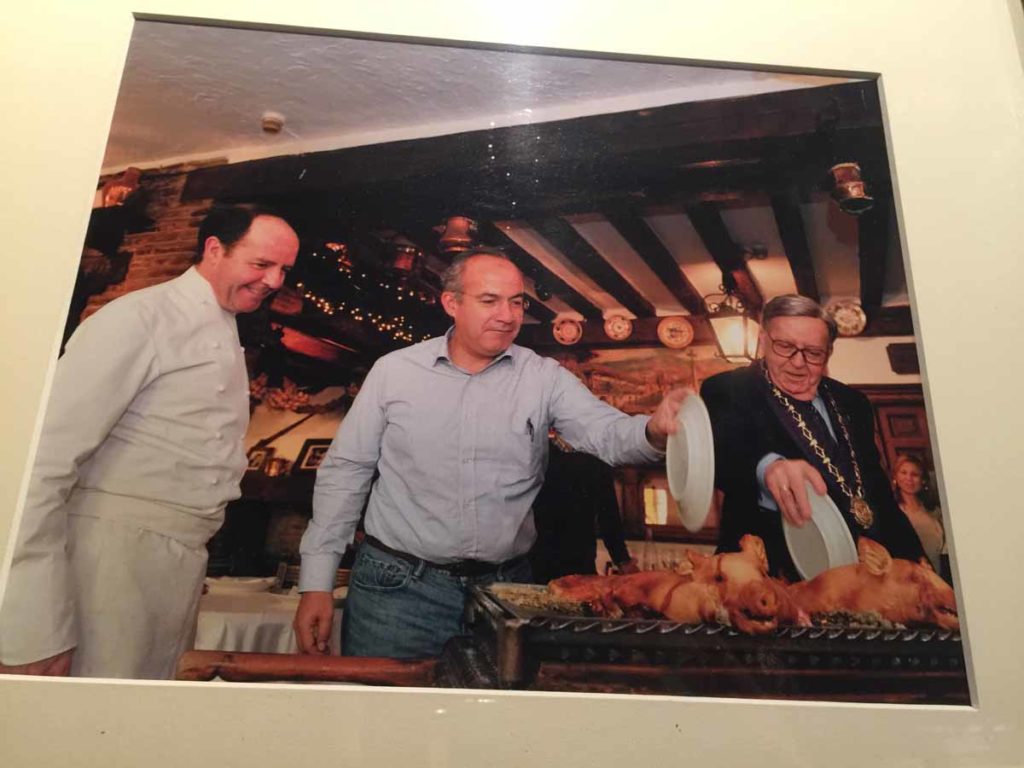
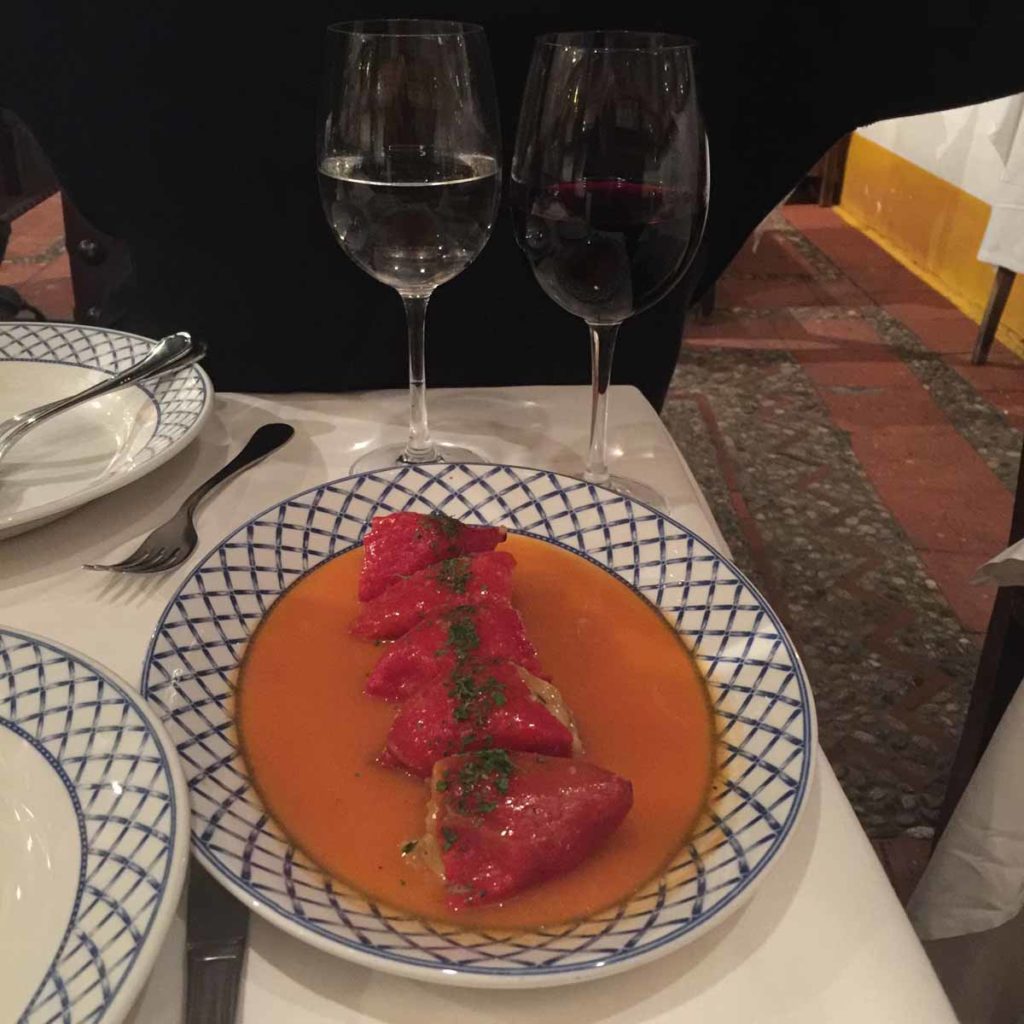
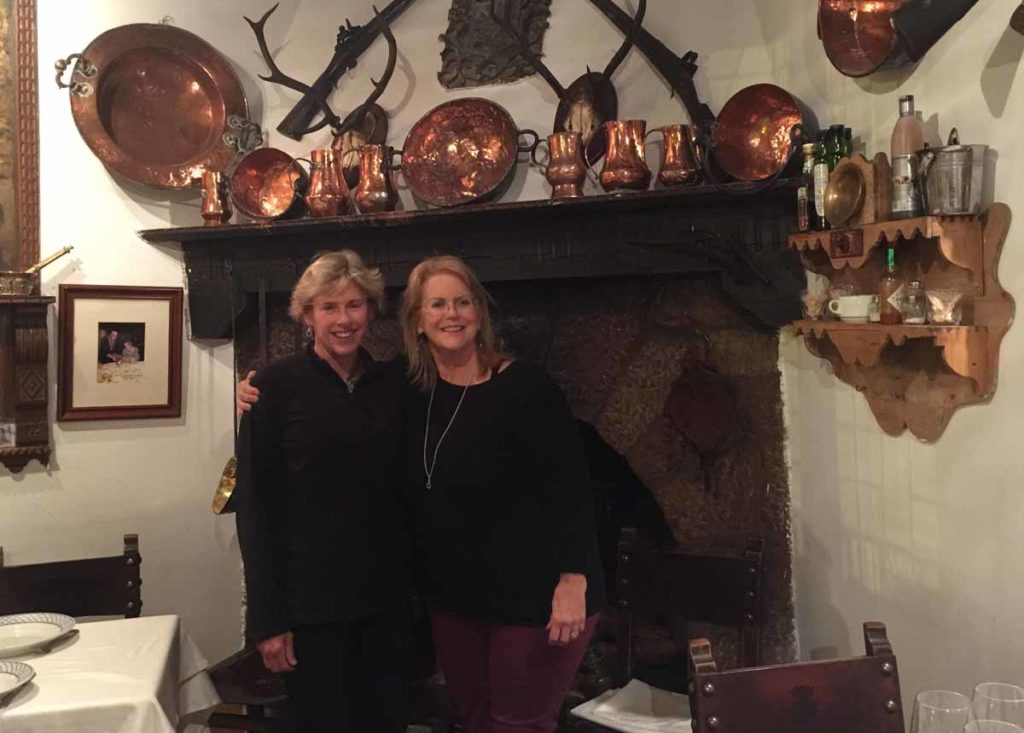
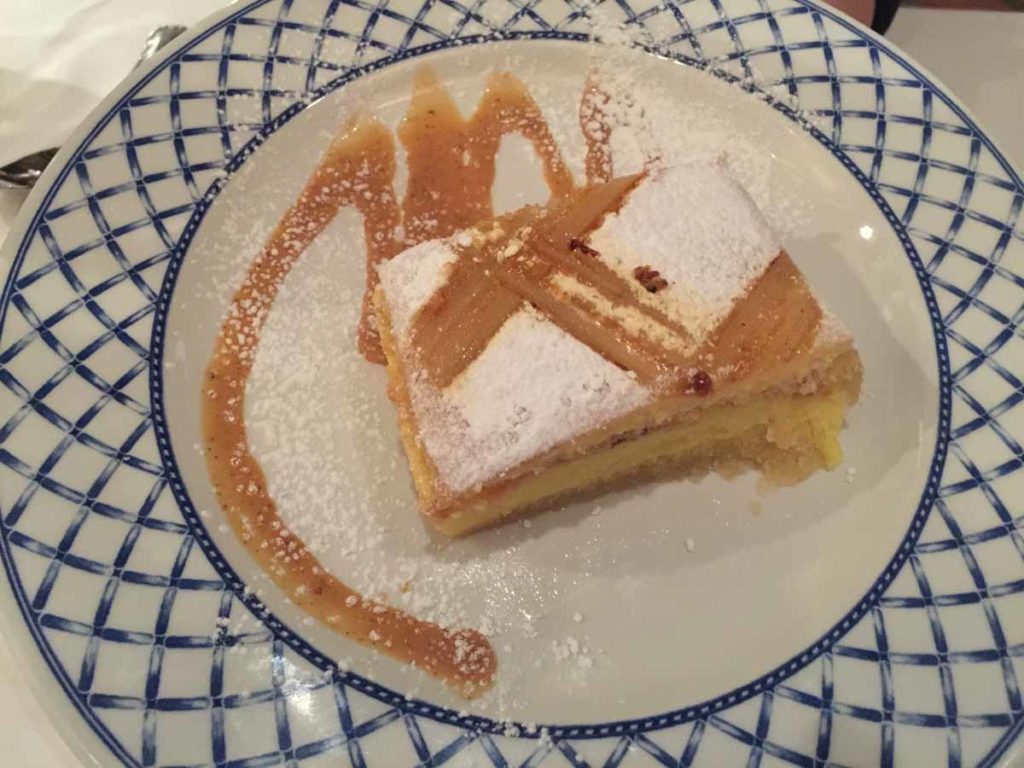
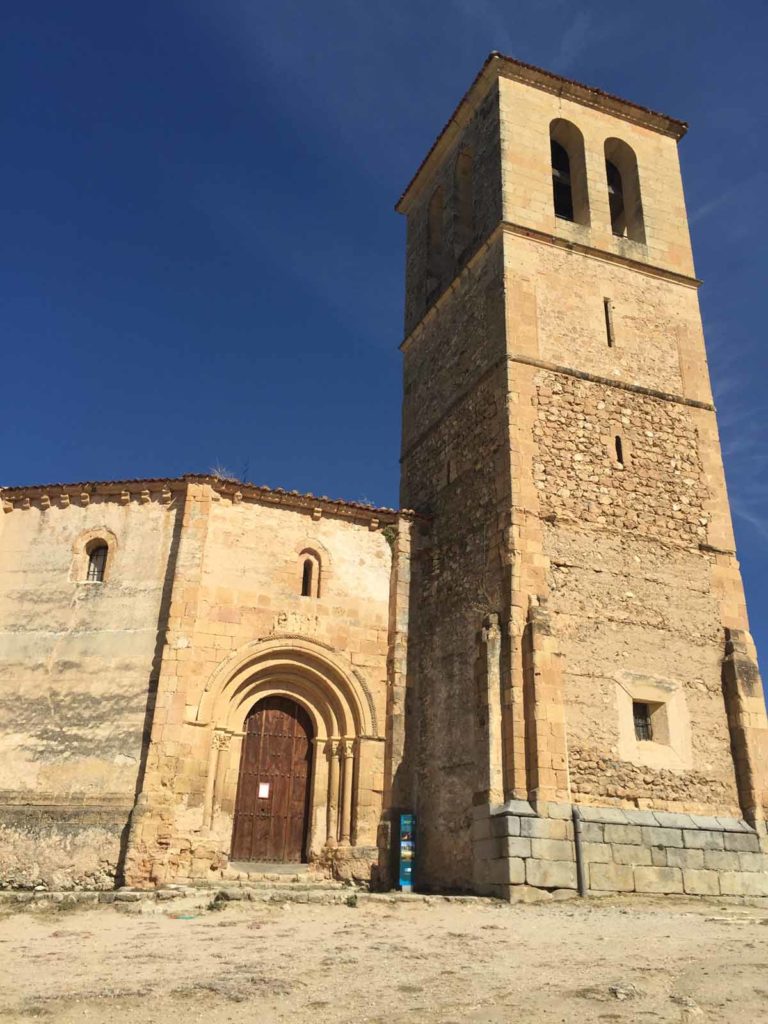
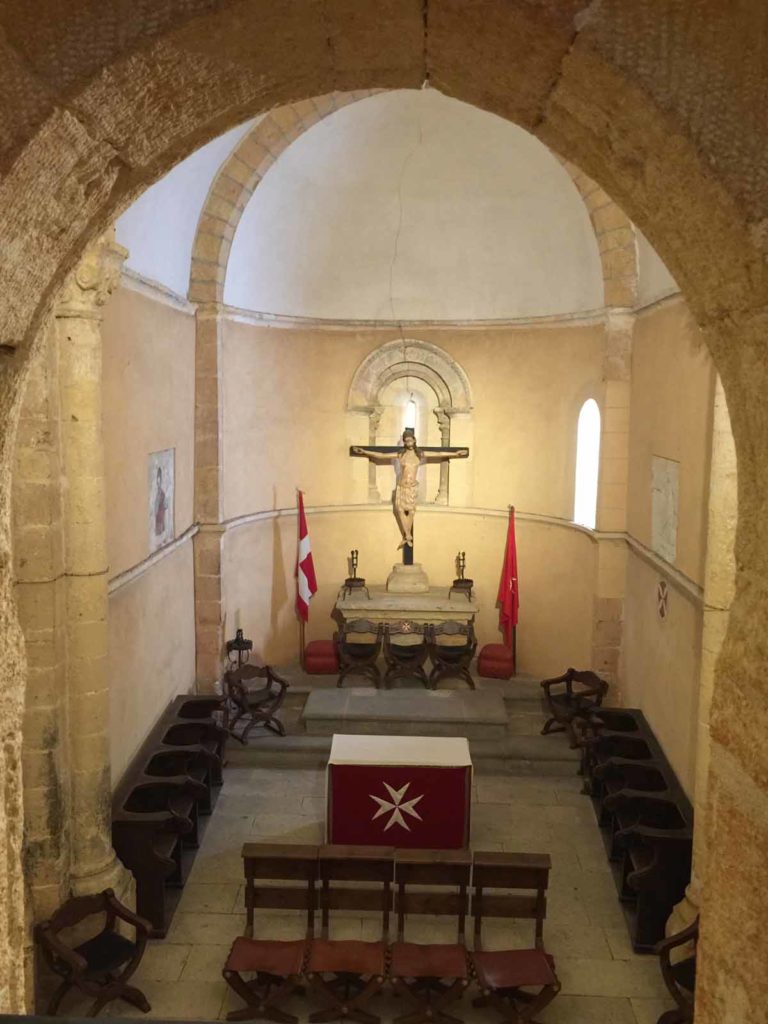
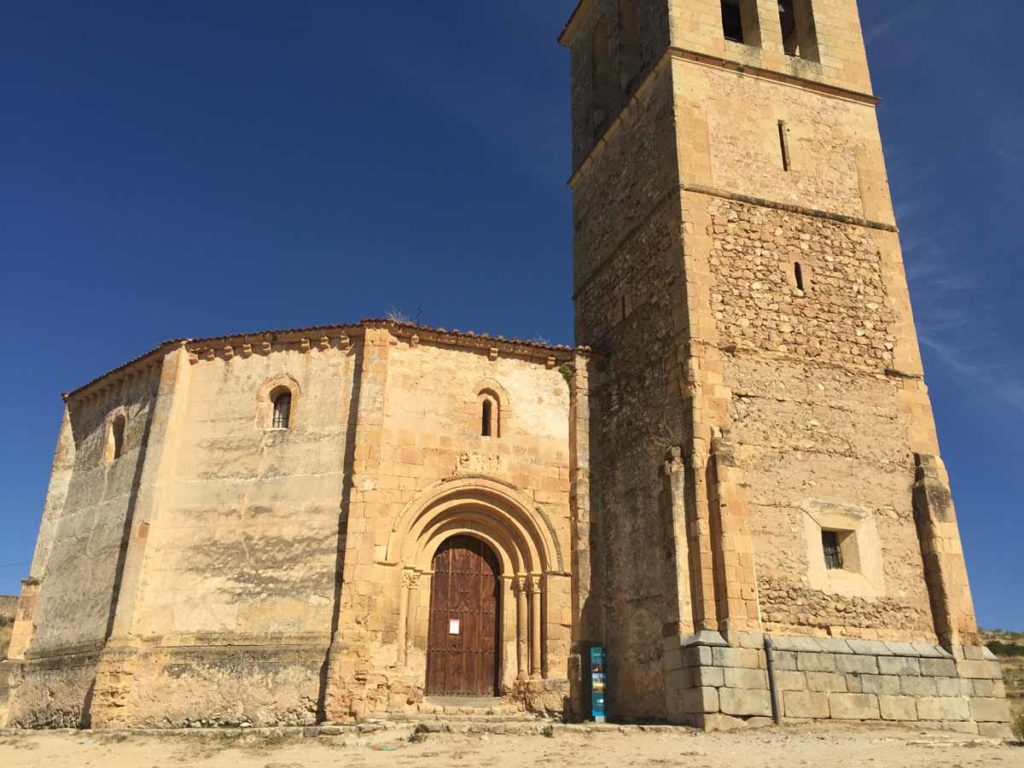
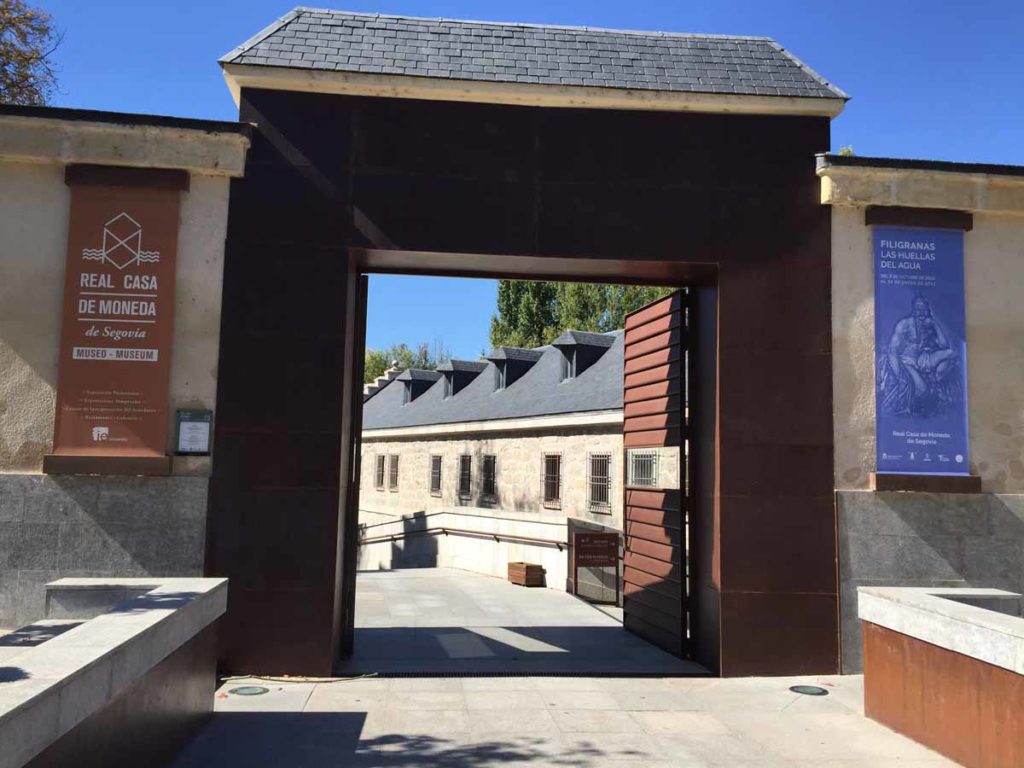
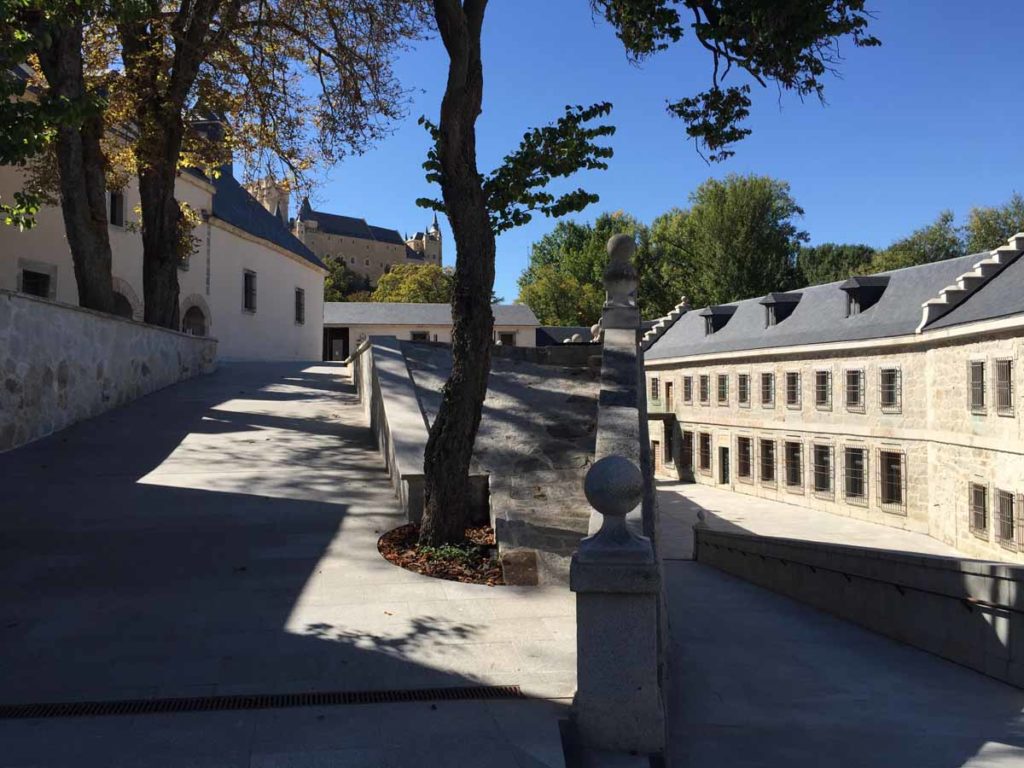
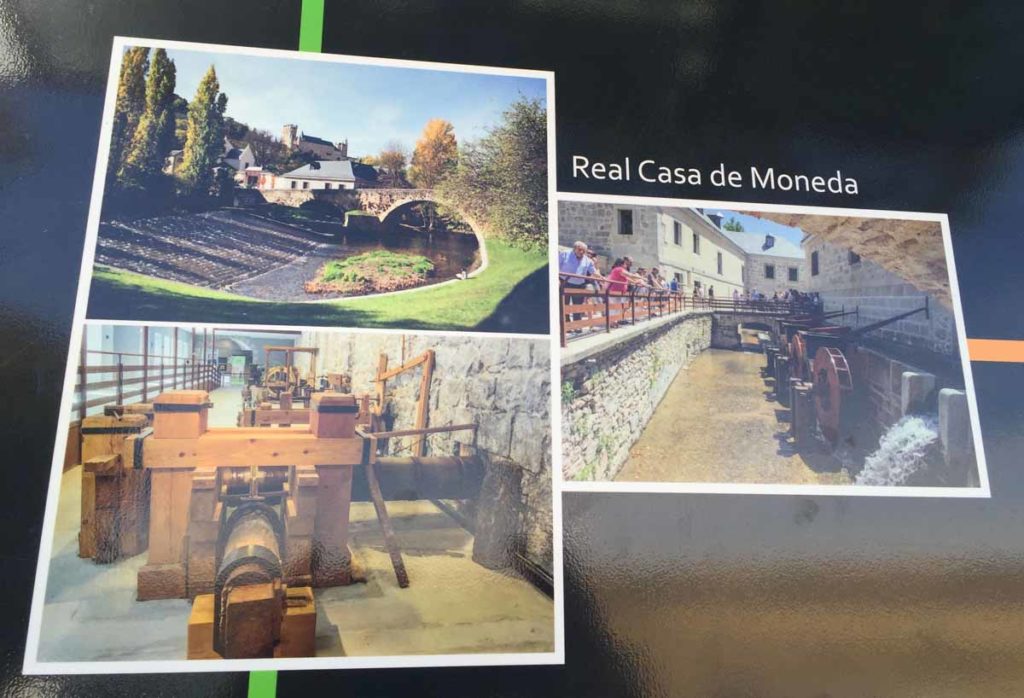
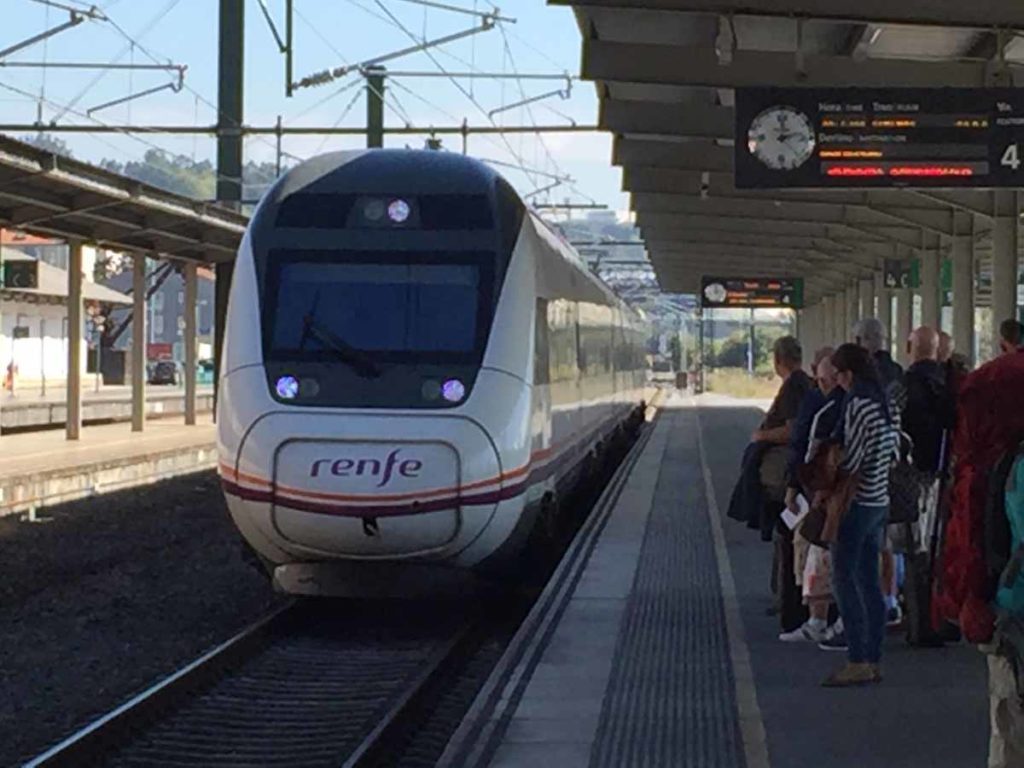
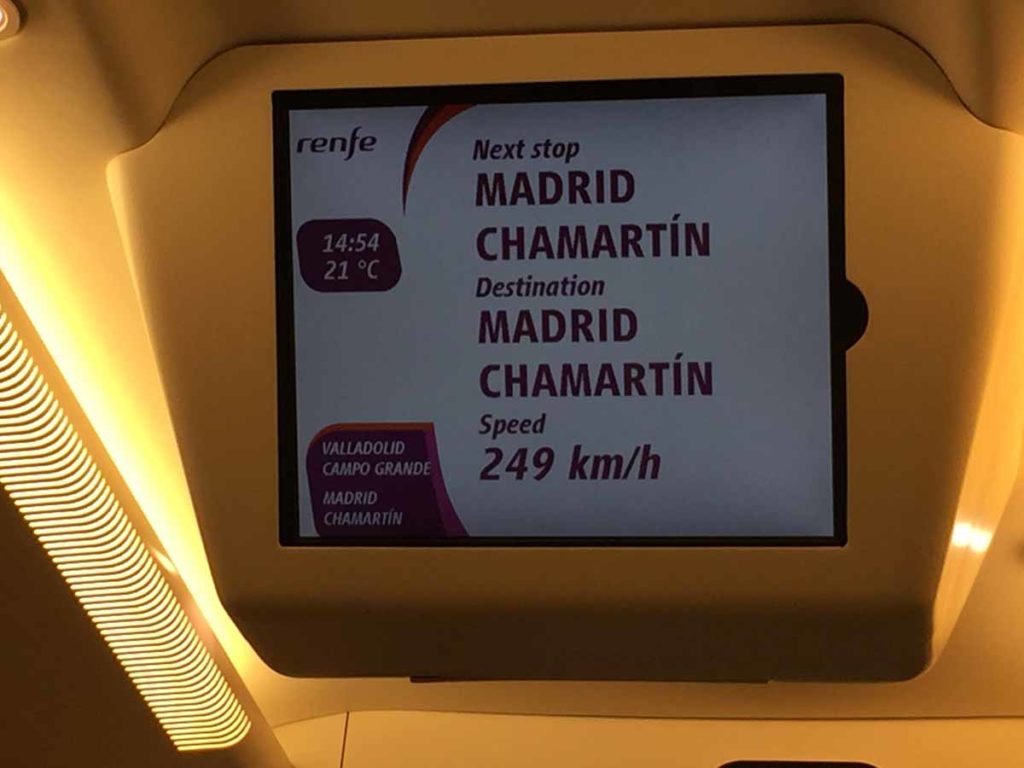
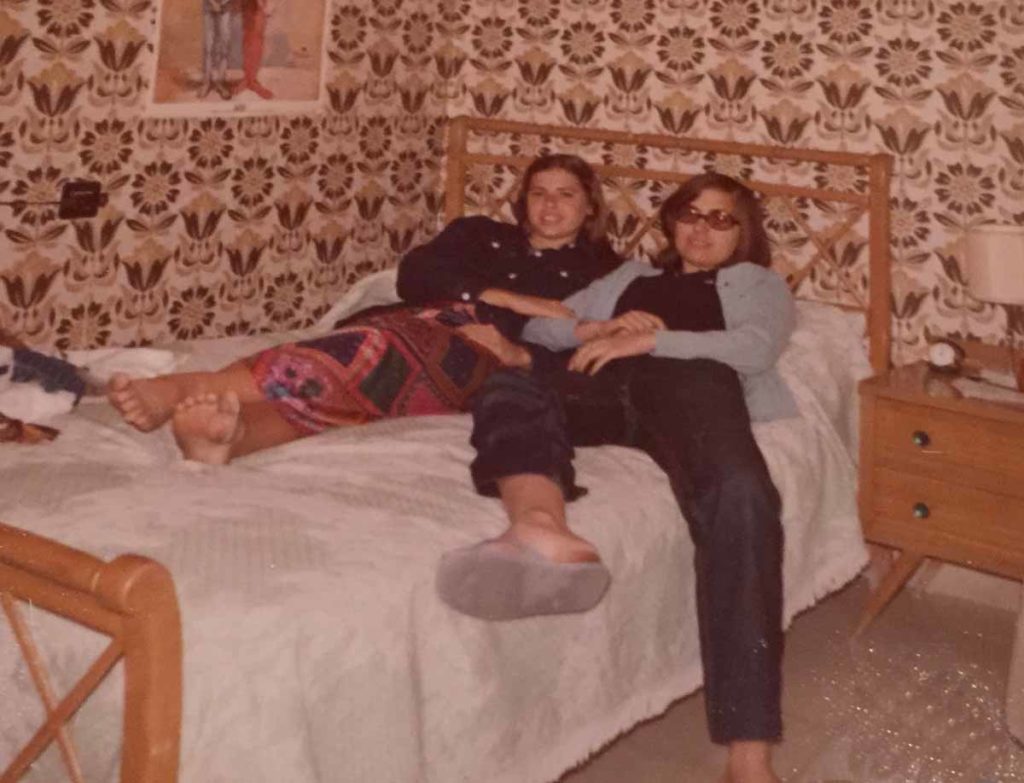
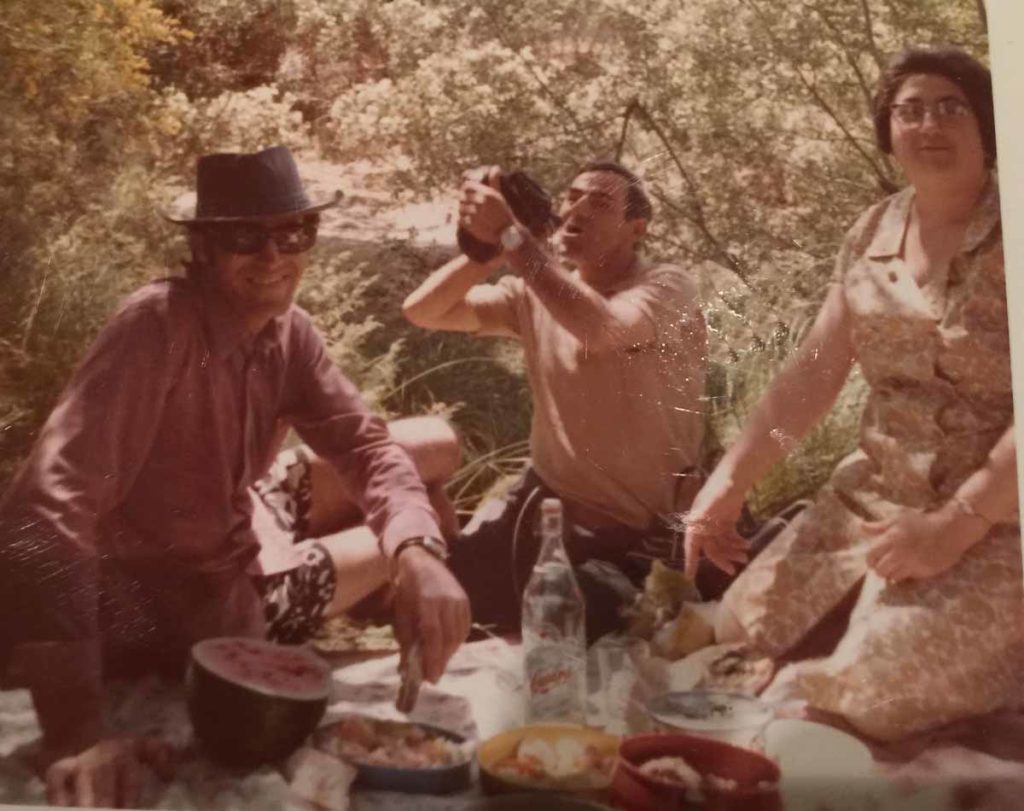
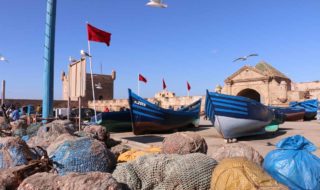

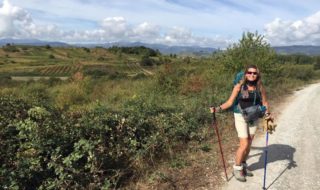
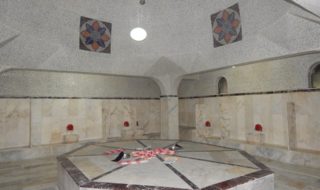
I lived in Spain as a teenager from 1961 to 1964. My dad was in the U.S. Air Force. We visited places all over the Iberian Peninsula Sevilla, Cordoba, Segovia, Gibraltar, Fatima, Lisbon, Madrid, Jerez, Granada, Cadiz, as well as many smaller towns. For my family it was one of our happiest times
Thanks so much, George for sharing your wonderful childhood experiences with Spain & Portugal. Yes, how special for your family to have done those travels, as that is such a lovely part of Europe. I’ve seen some of those places but definitely want to go back and explore more of them. And, like I mention in the blog post, it was such a thrill returning back to Segovia after so many years.
I like this article because the author provides detail information about the hidden gems of Spain. I teach a culture guild at my homeschool coop and I will highlight the foods and sights mentioned.
Thank you, Melissa. Glad to hear the article was helpful for your teaching your students. Yes, Segovia is definitely a hidden gem of Spain!